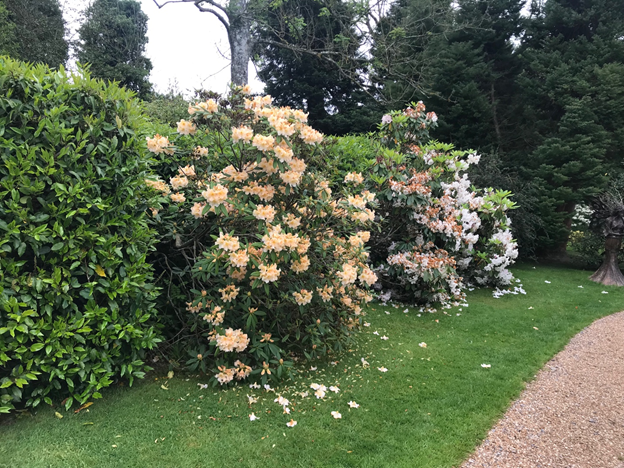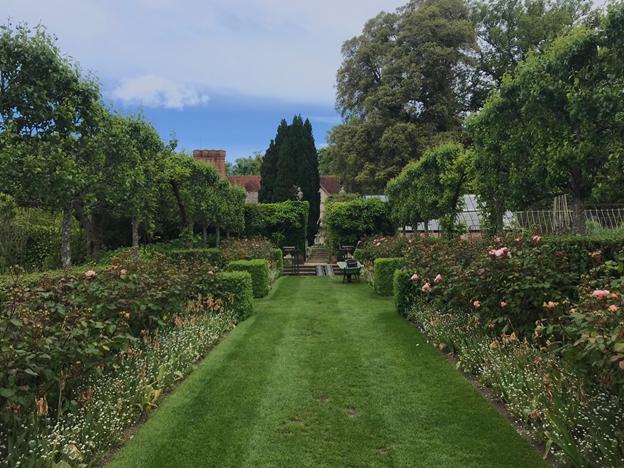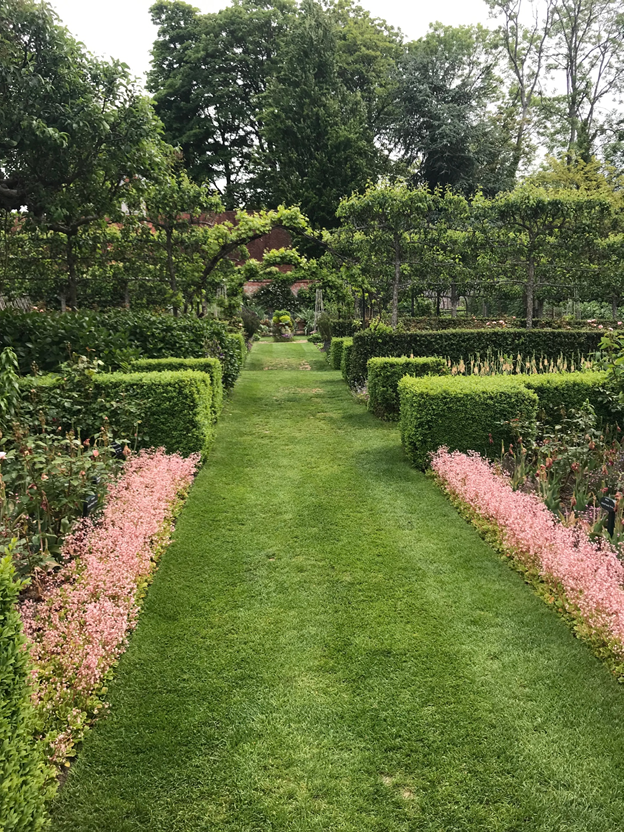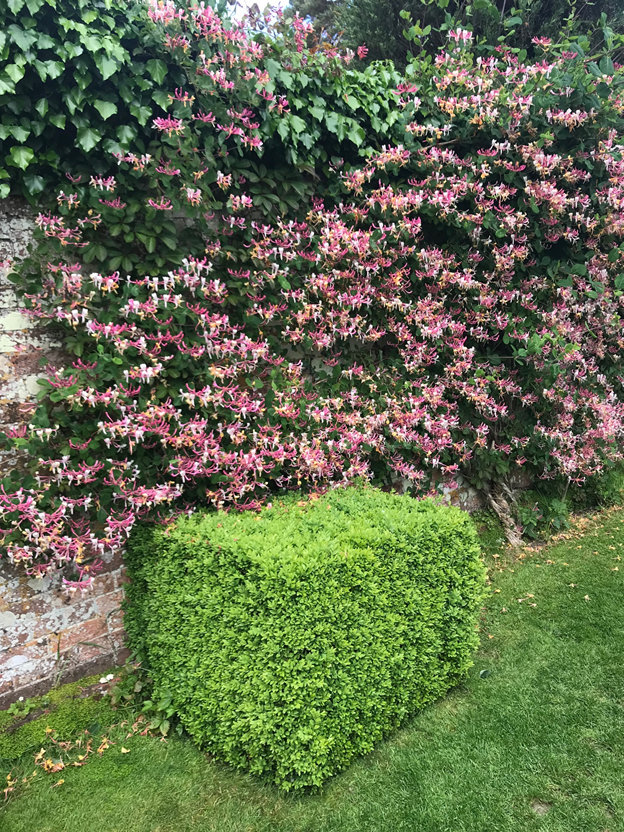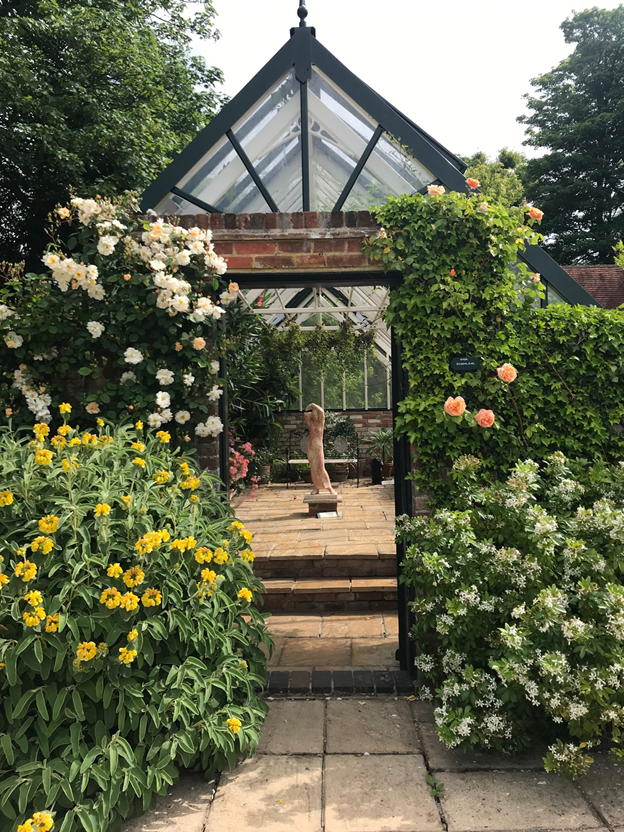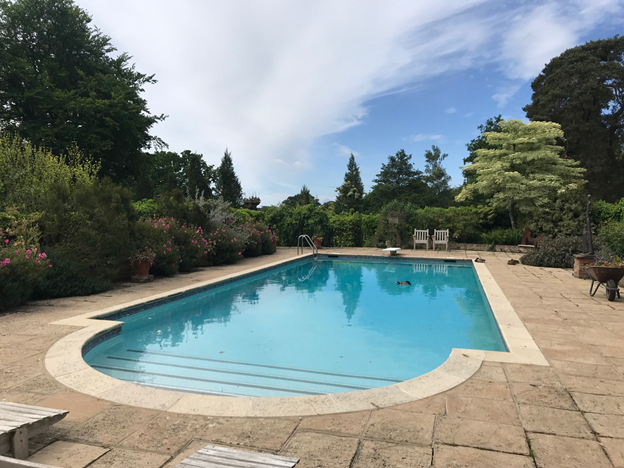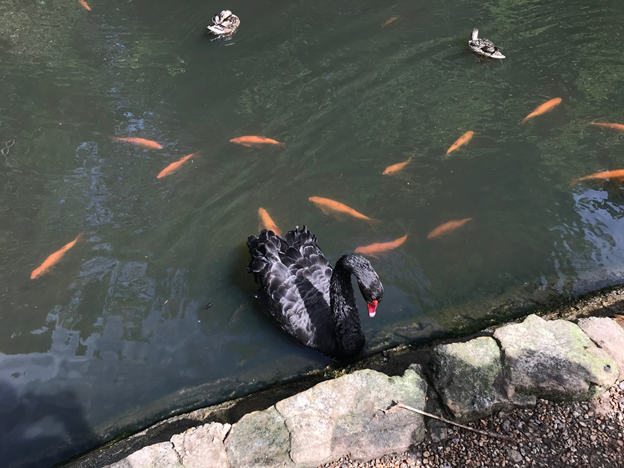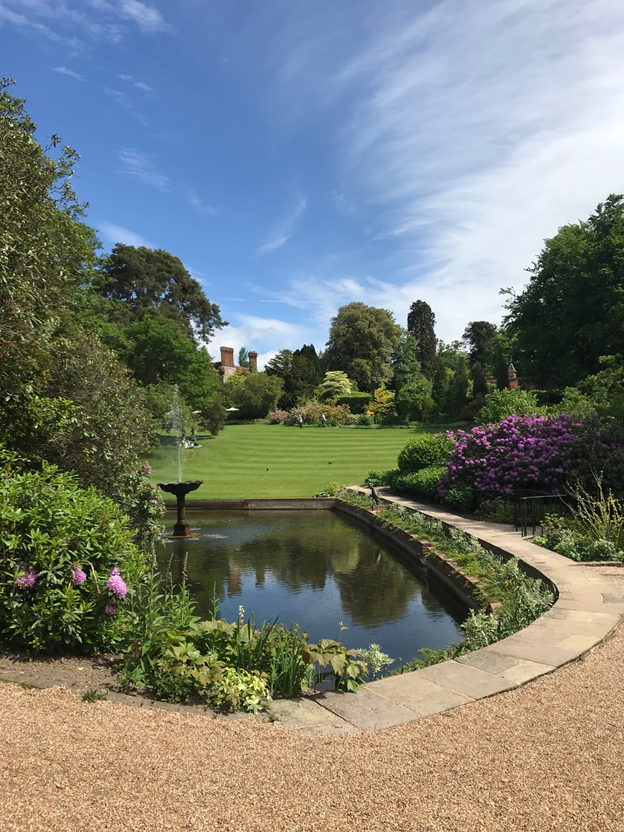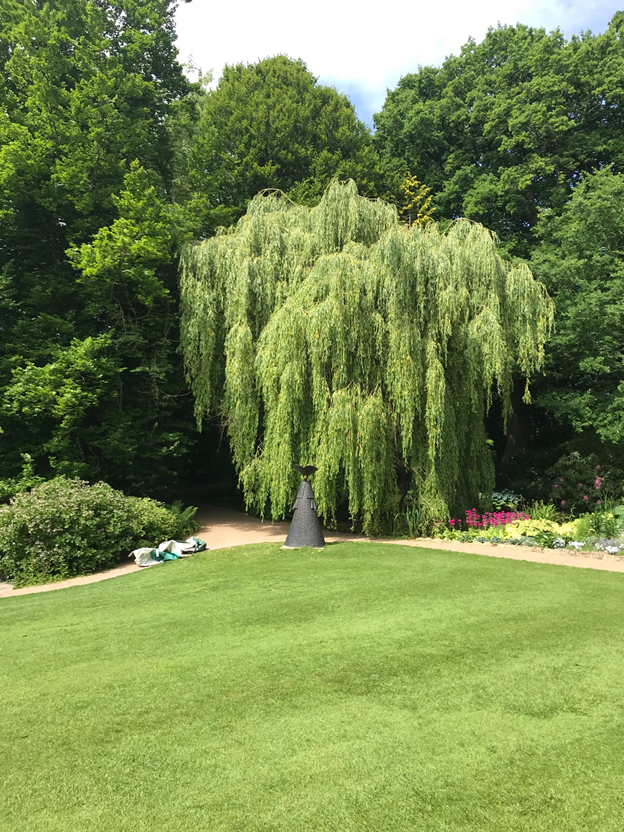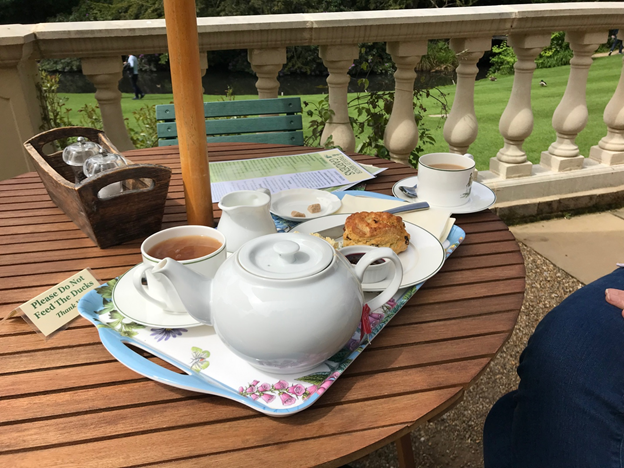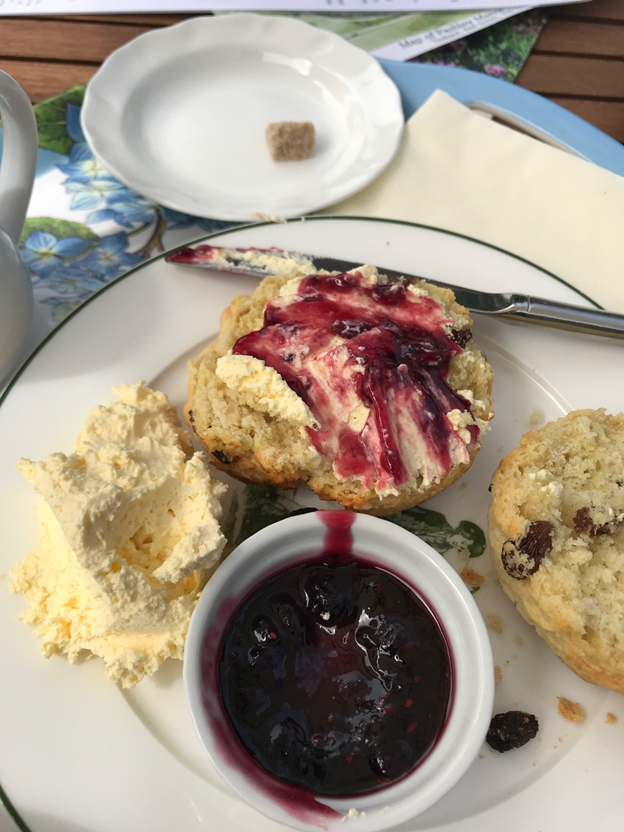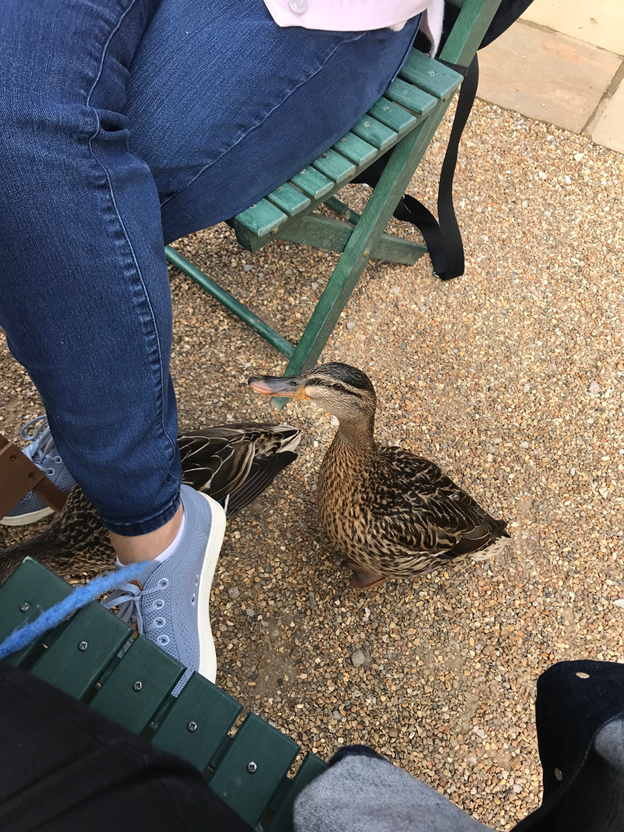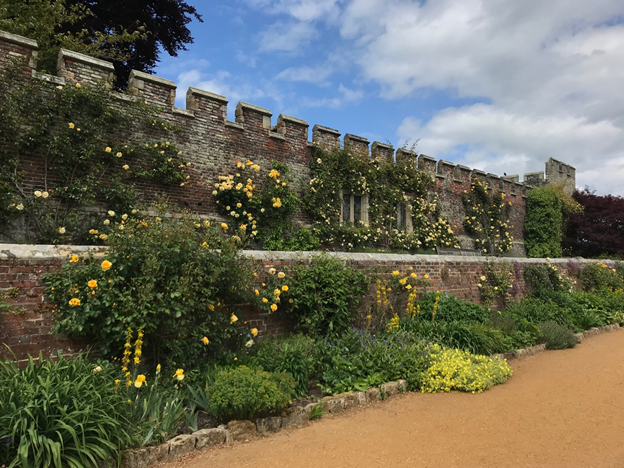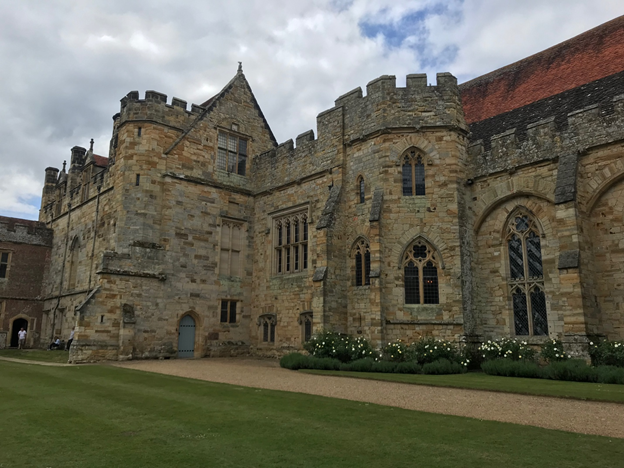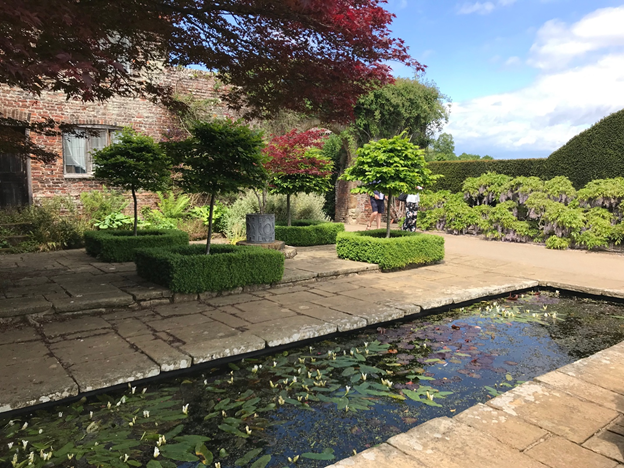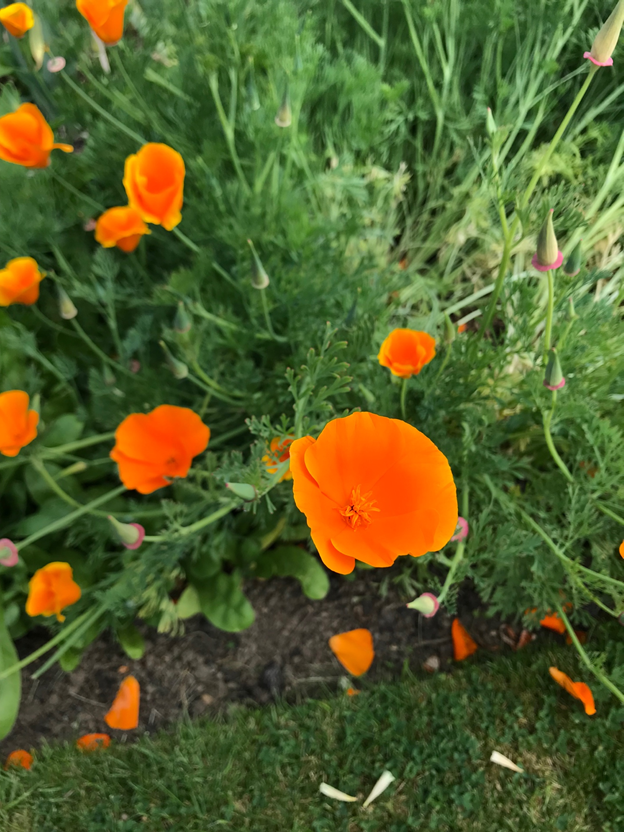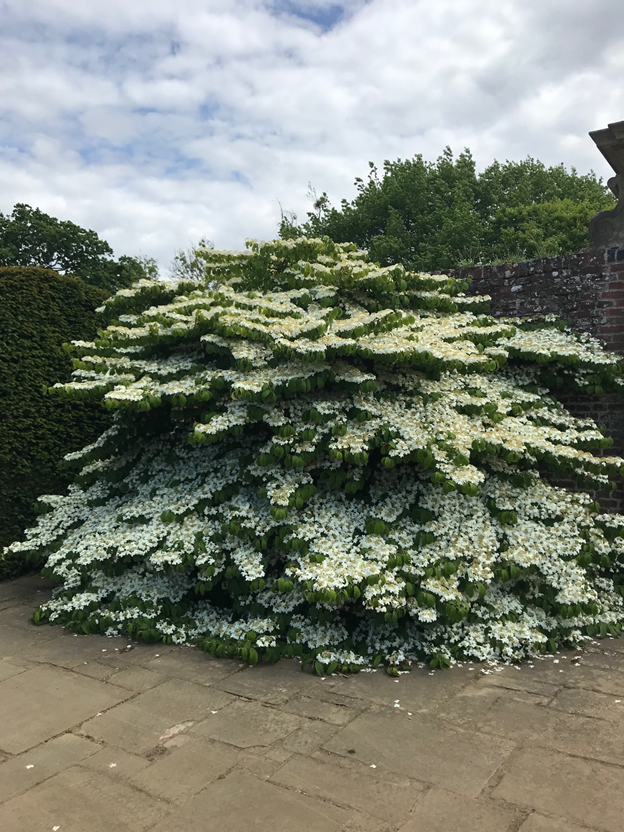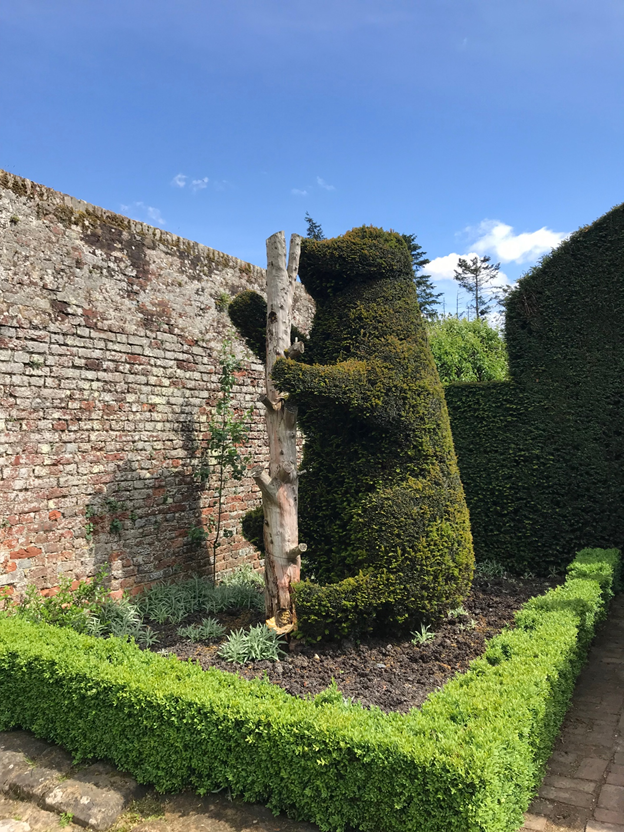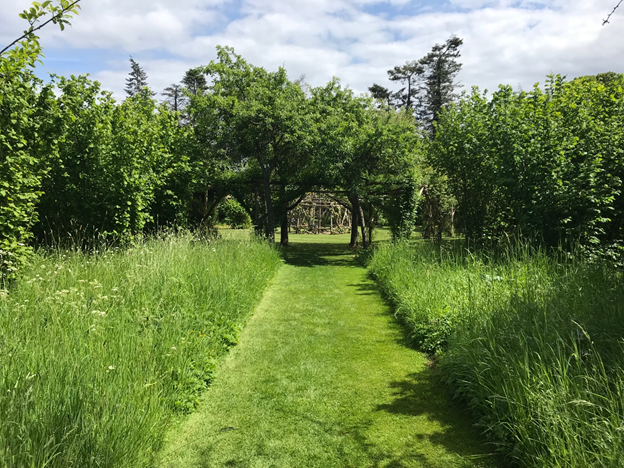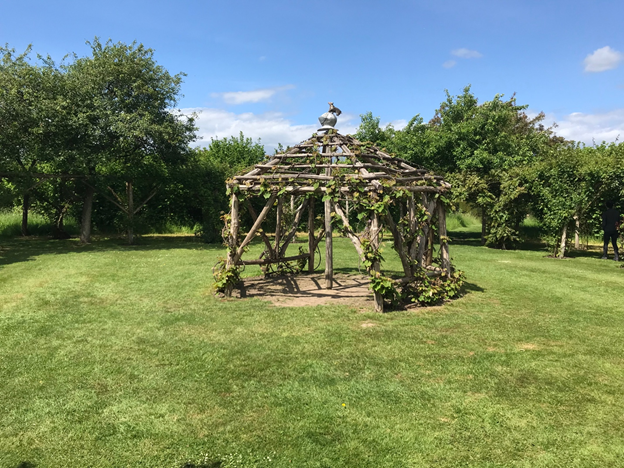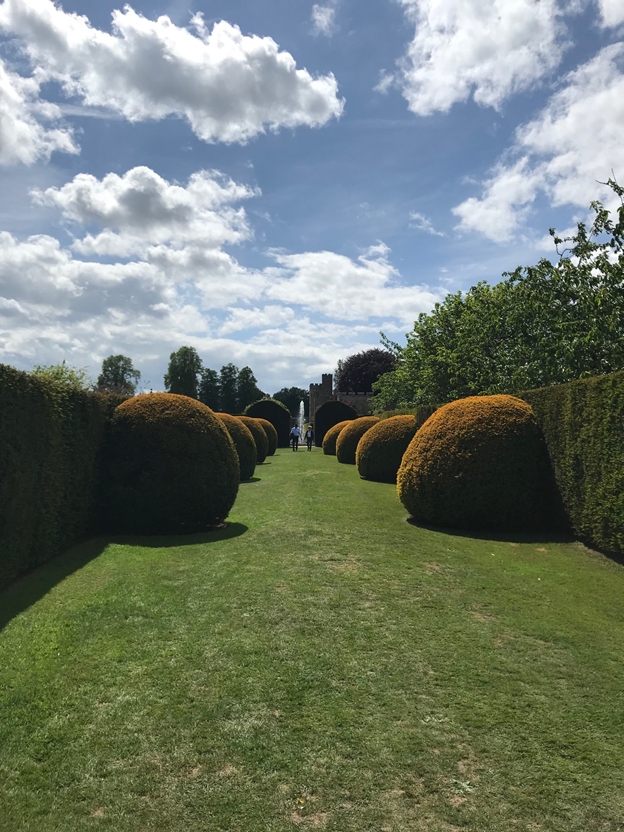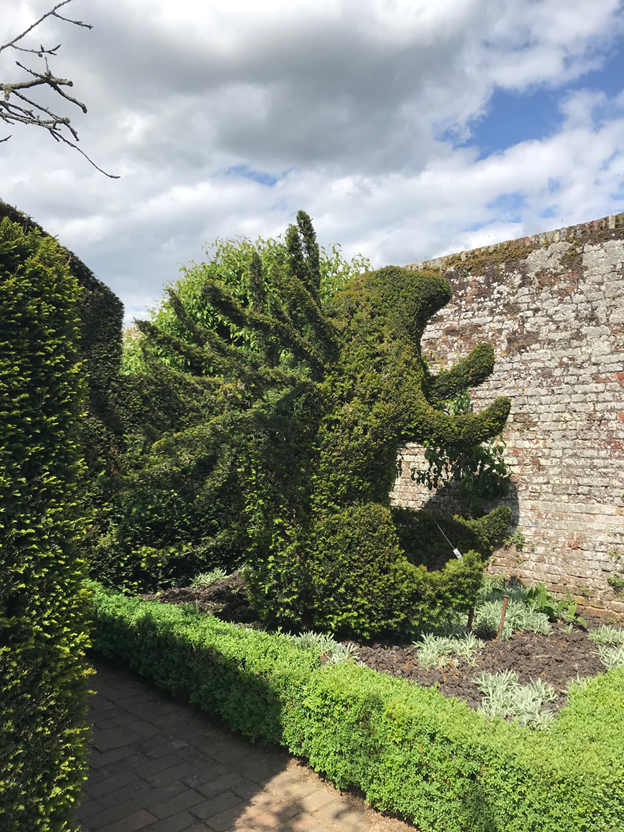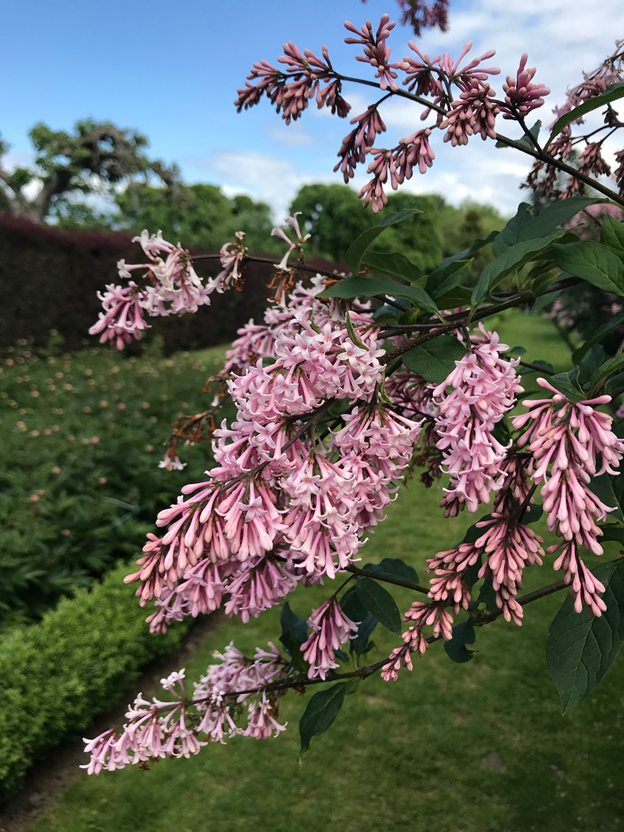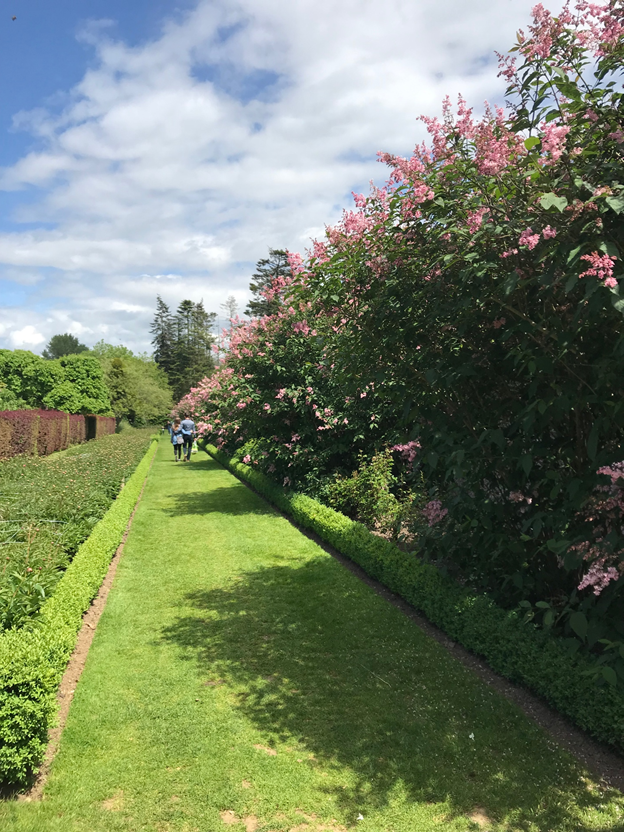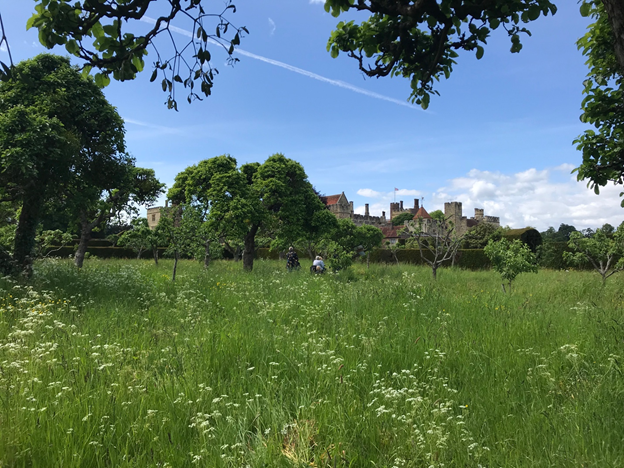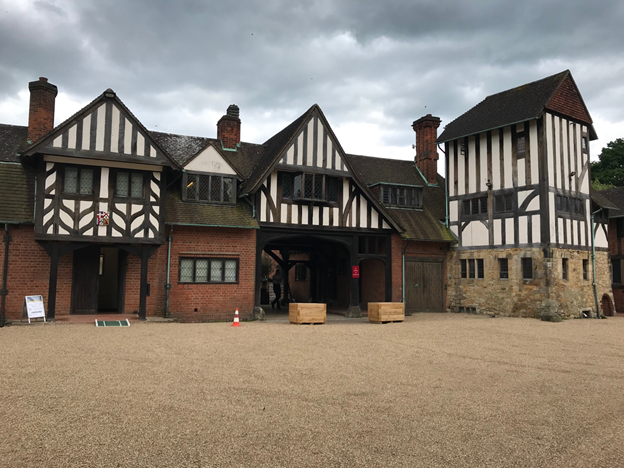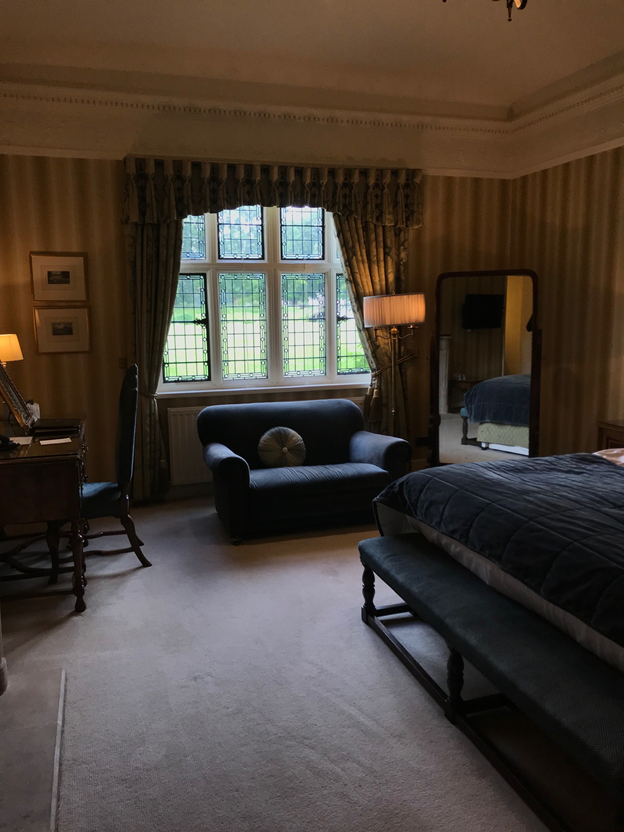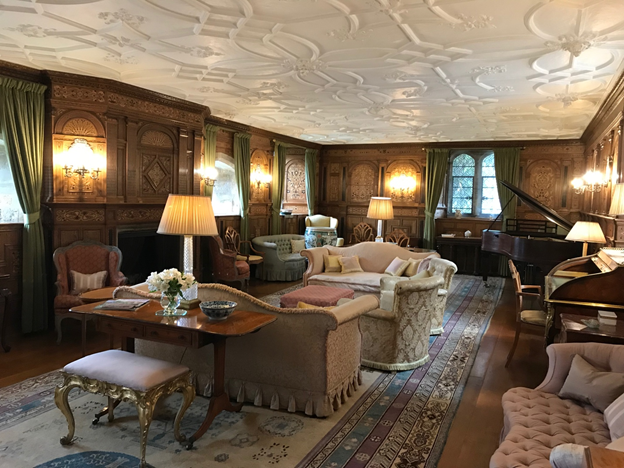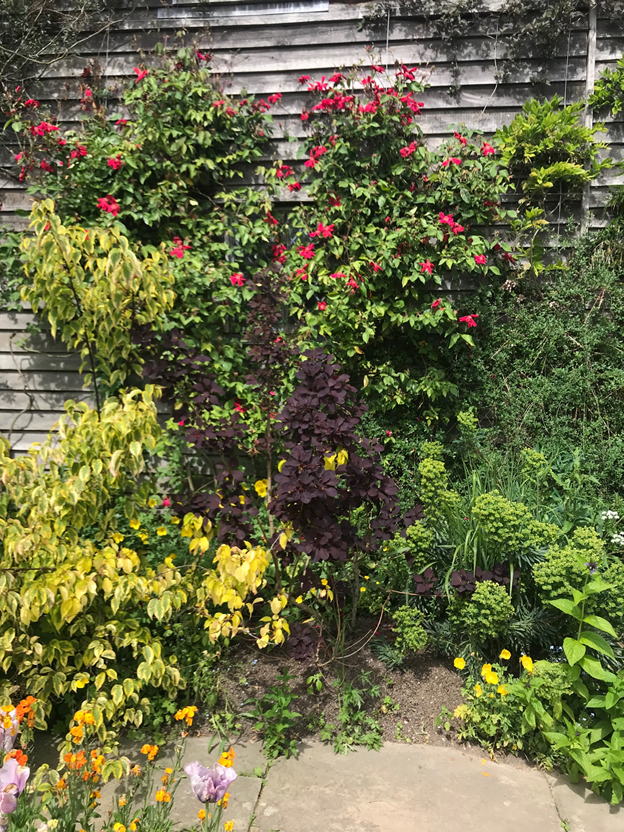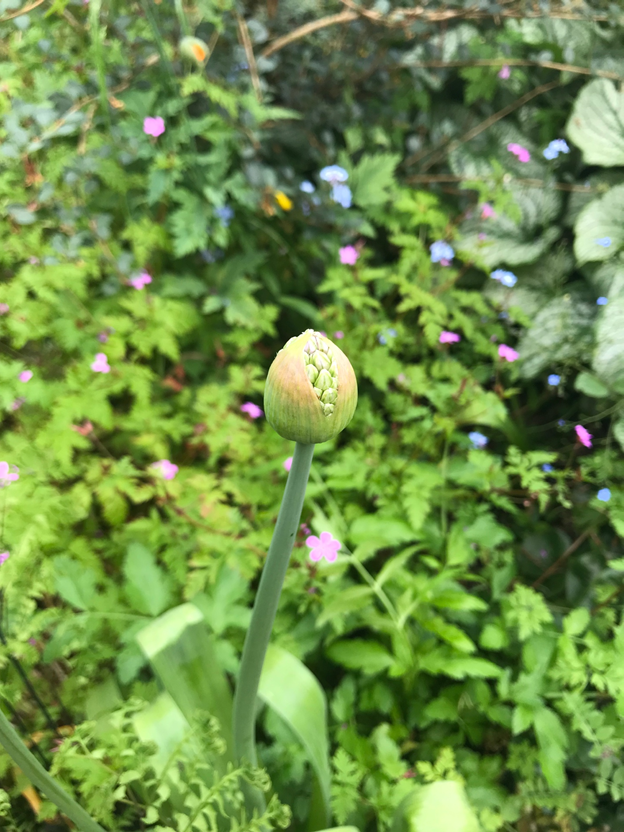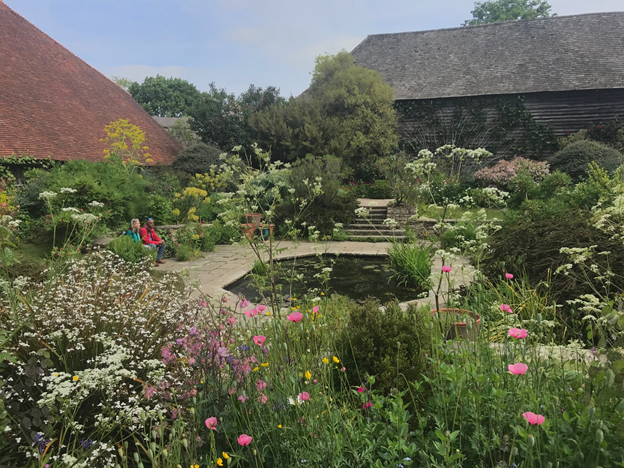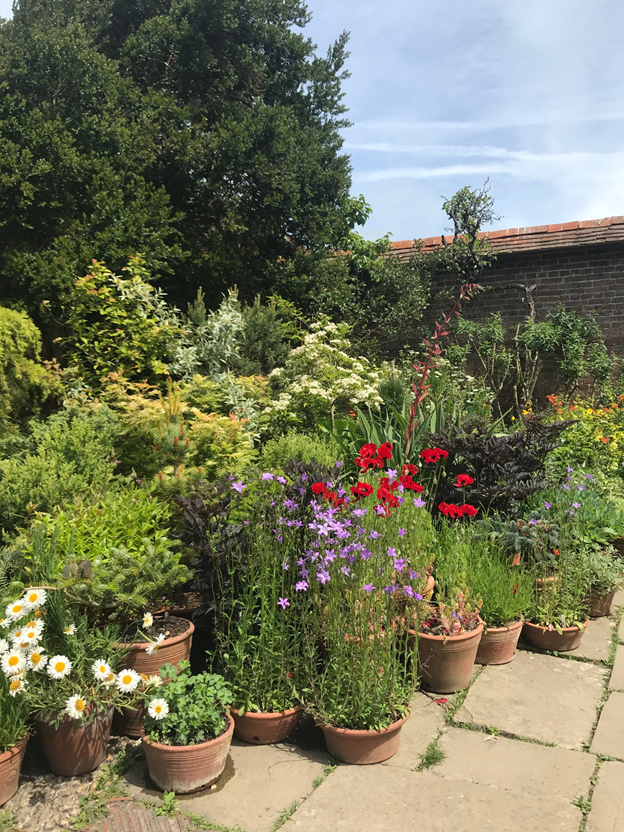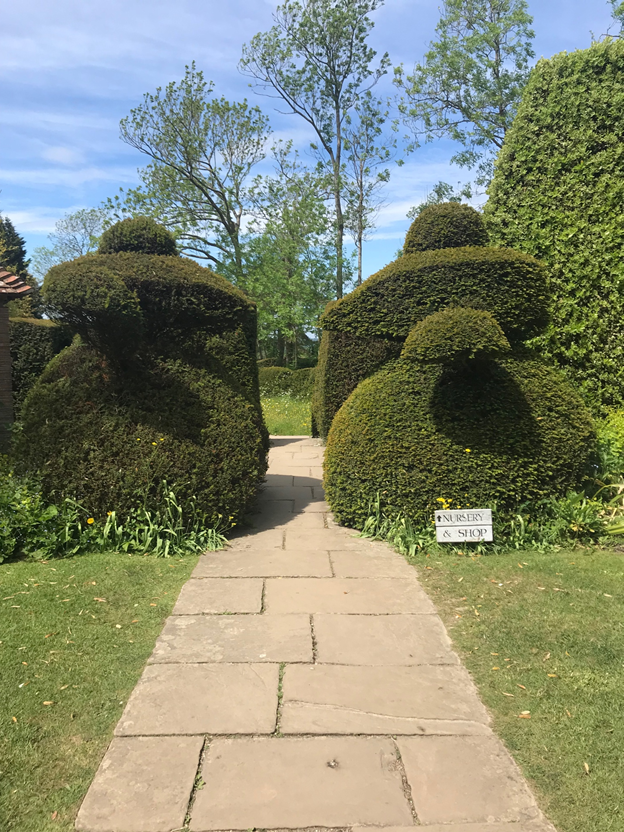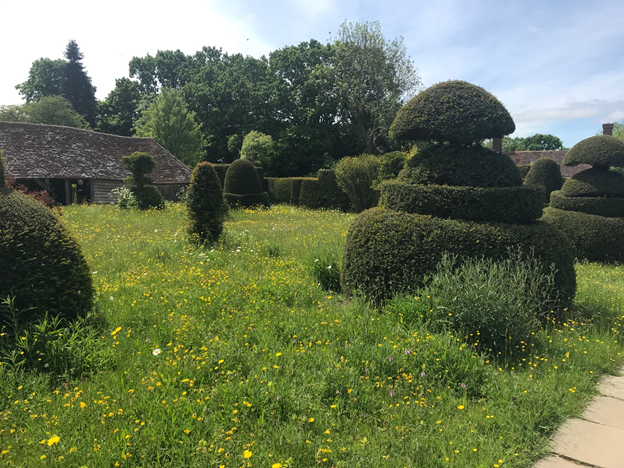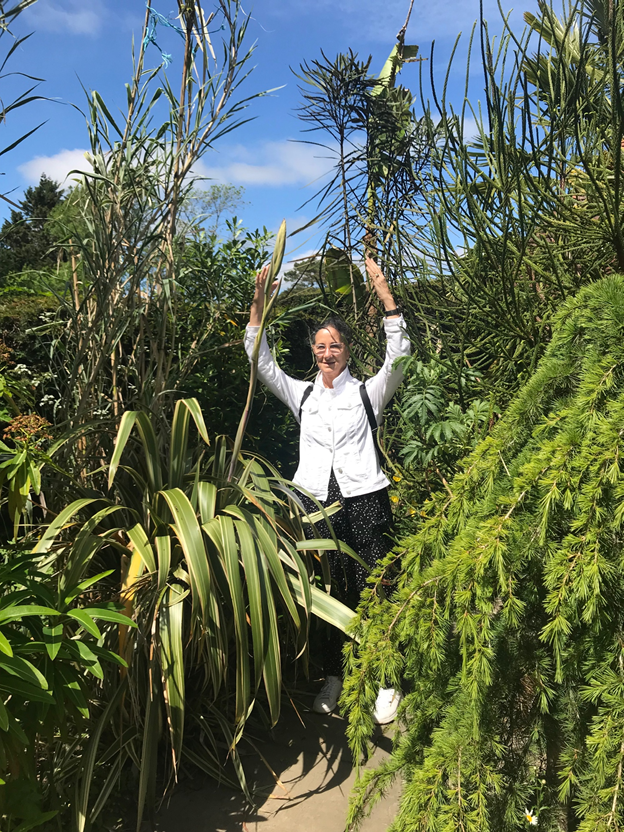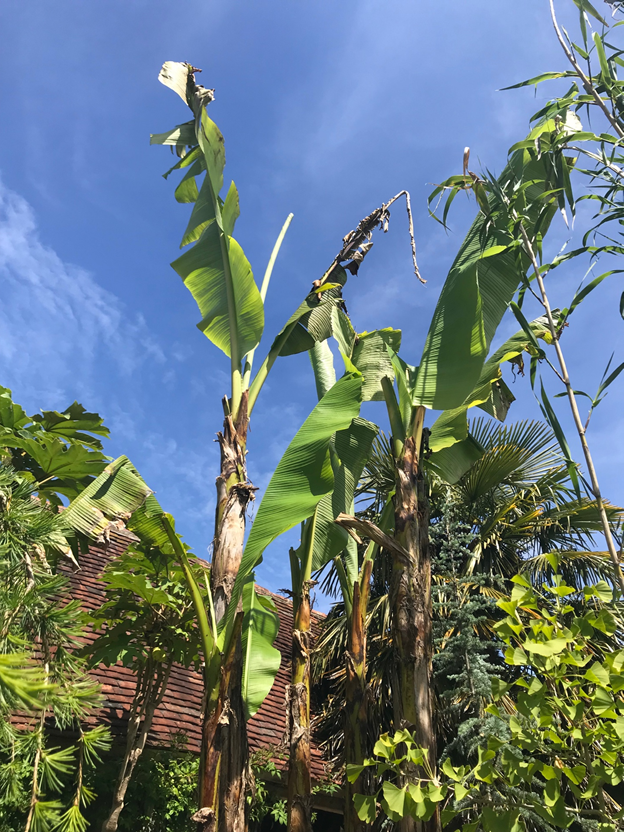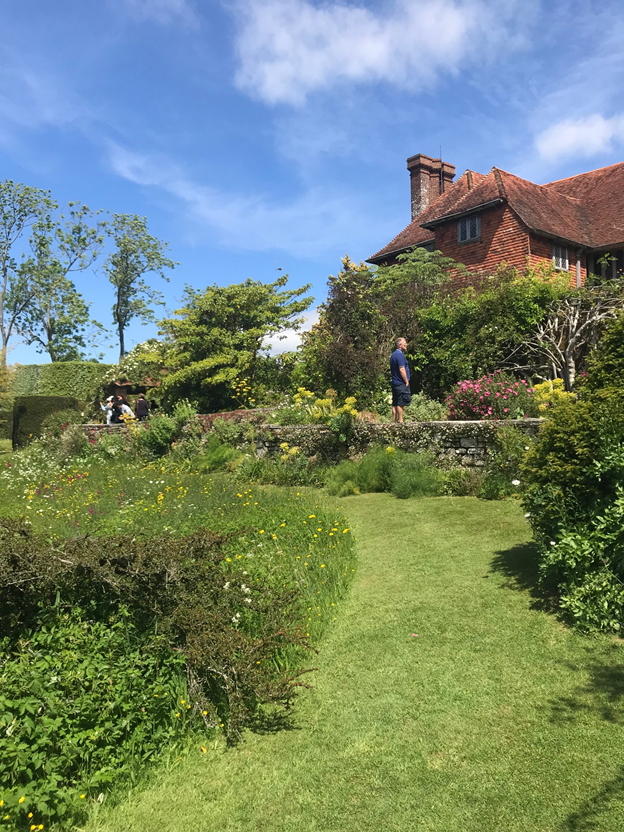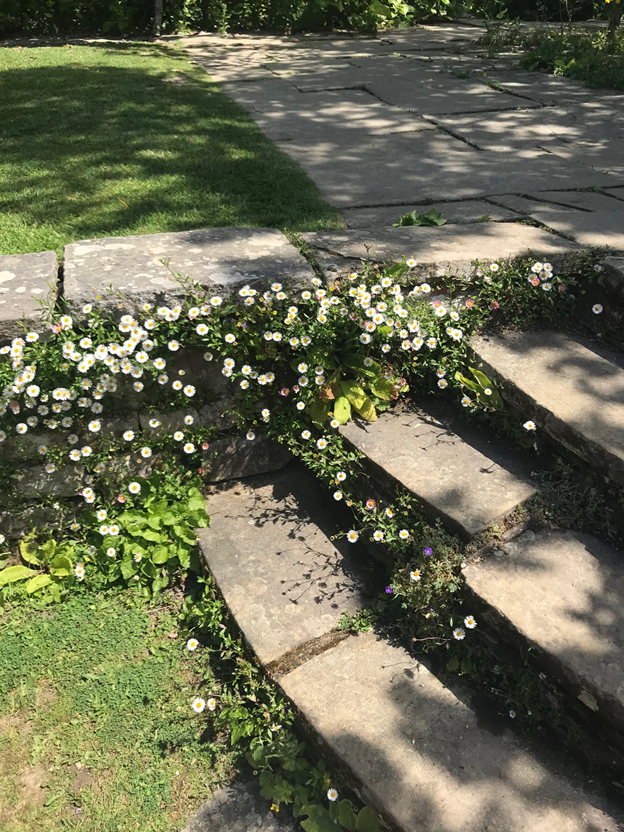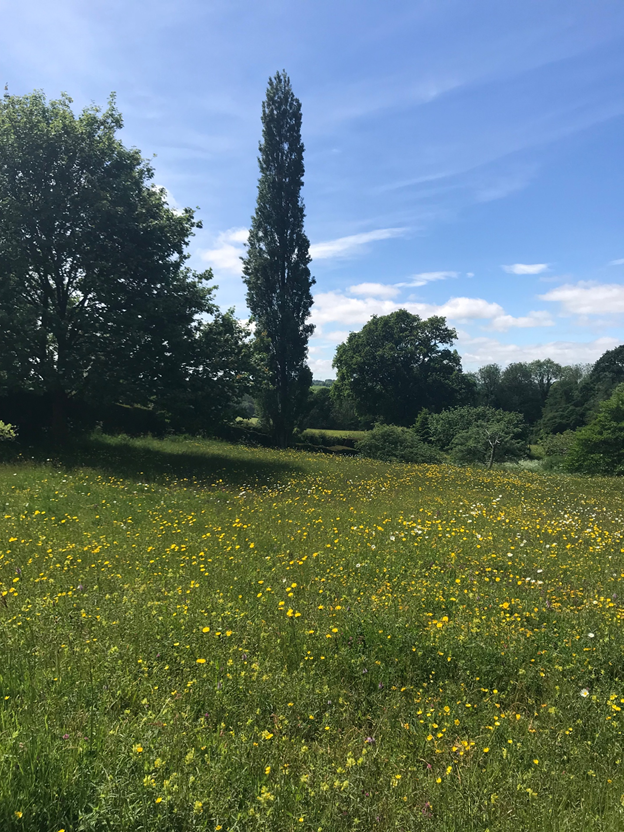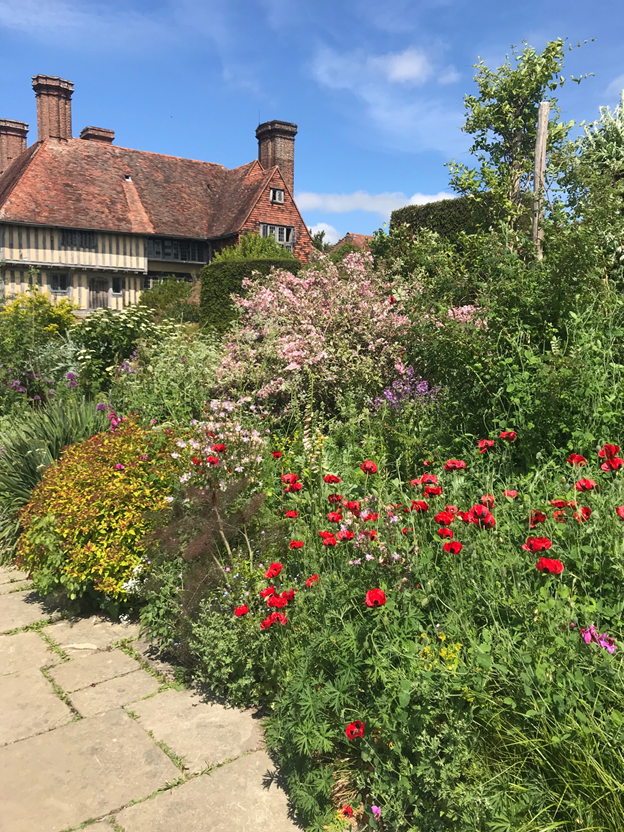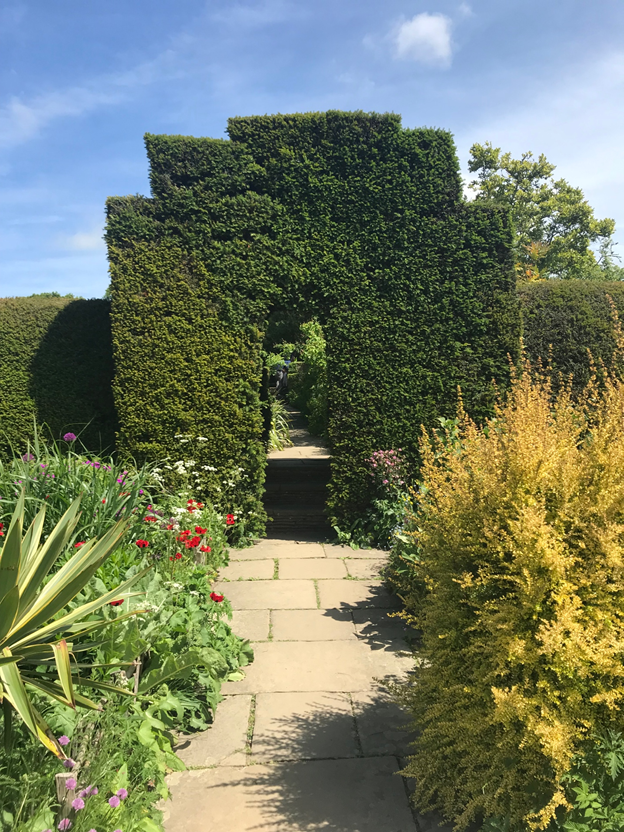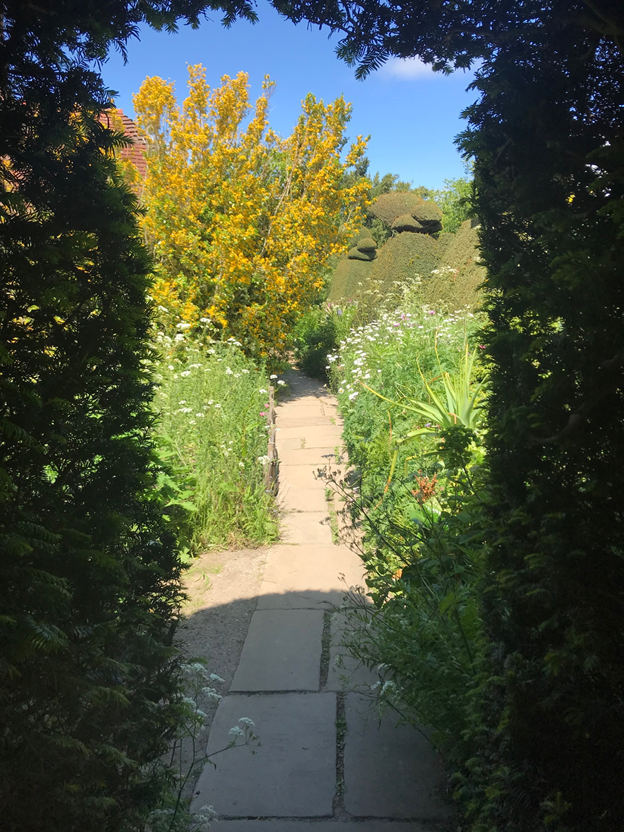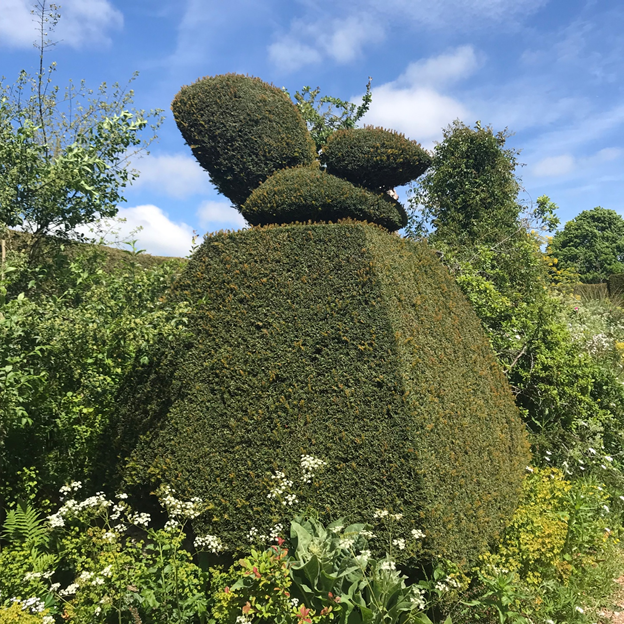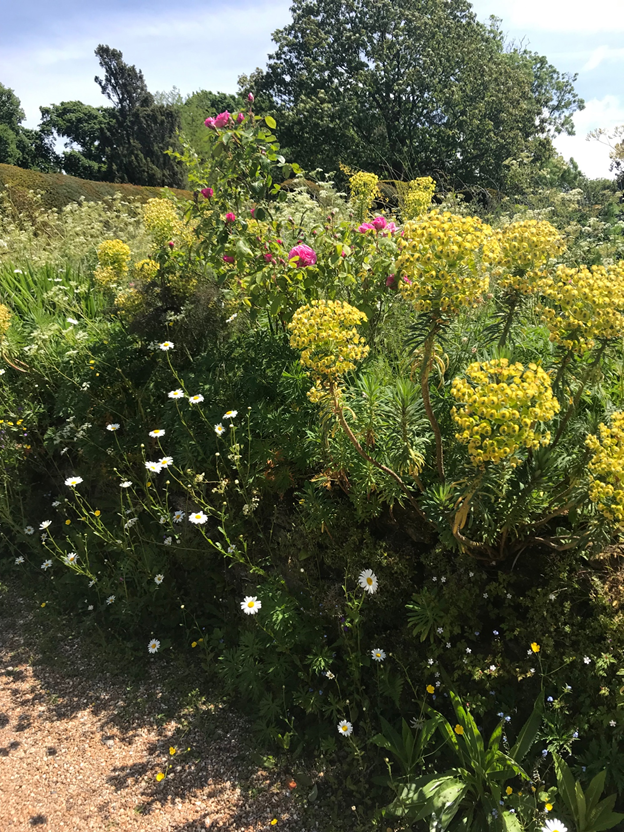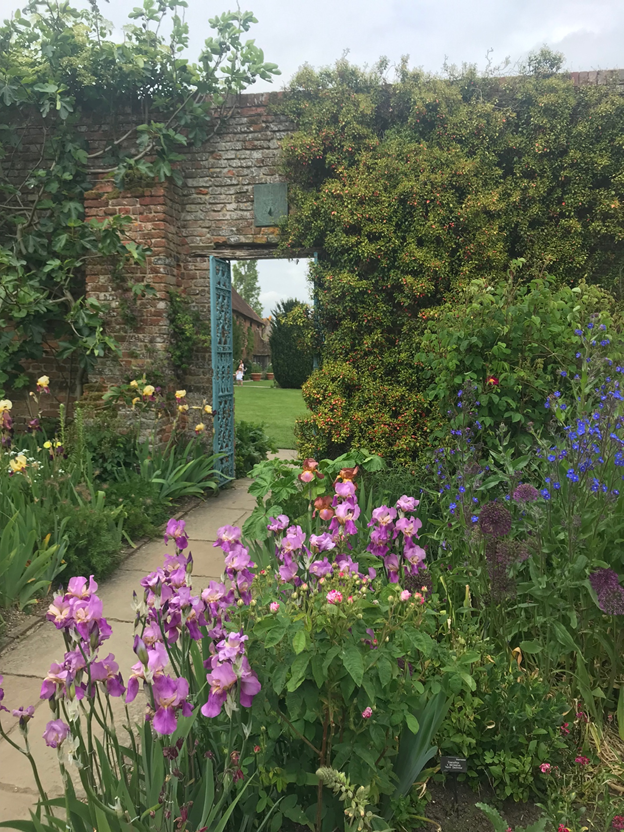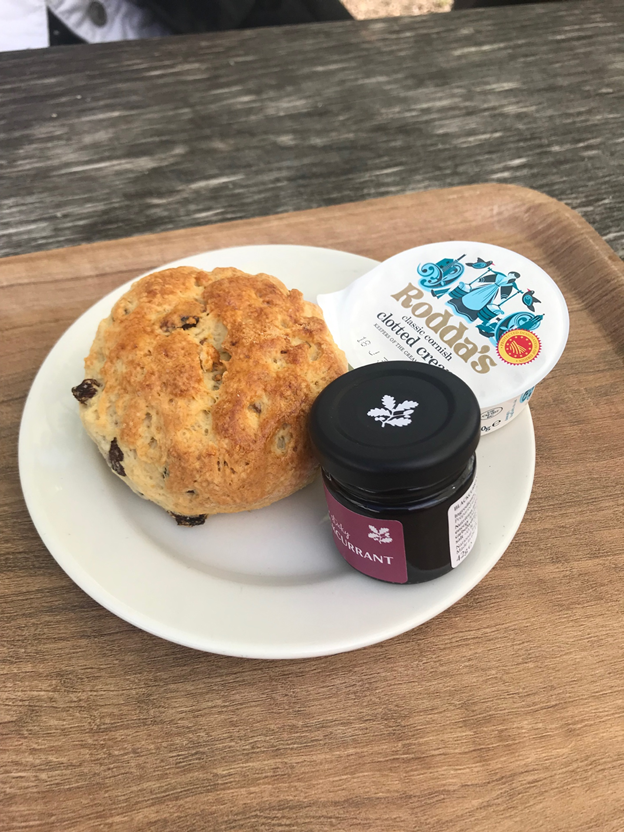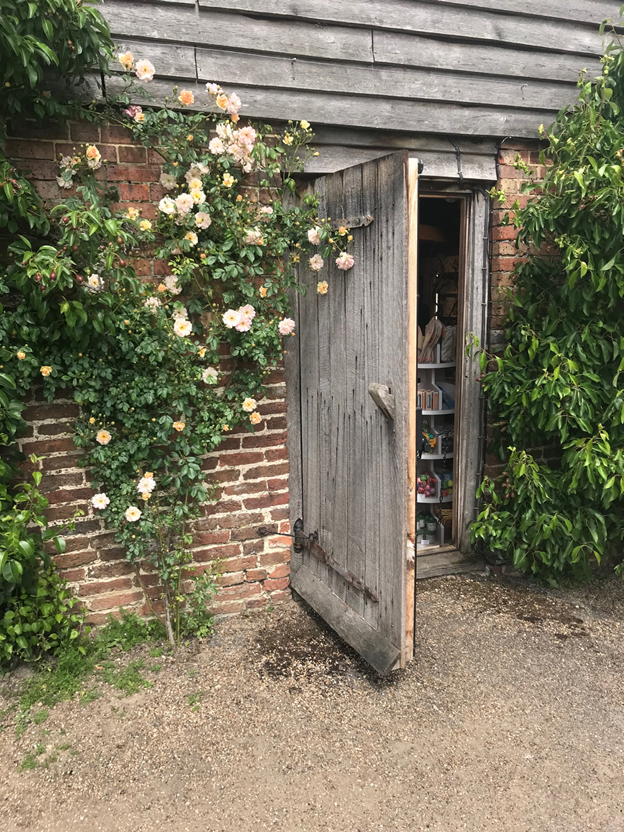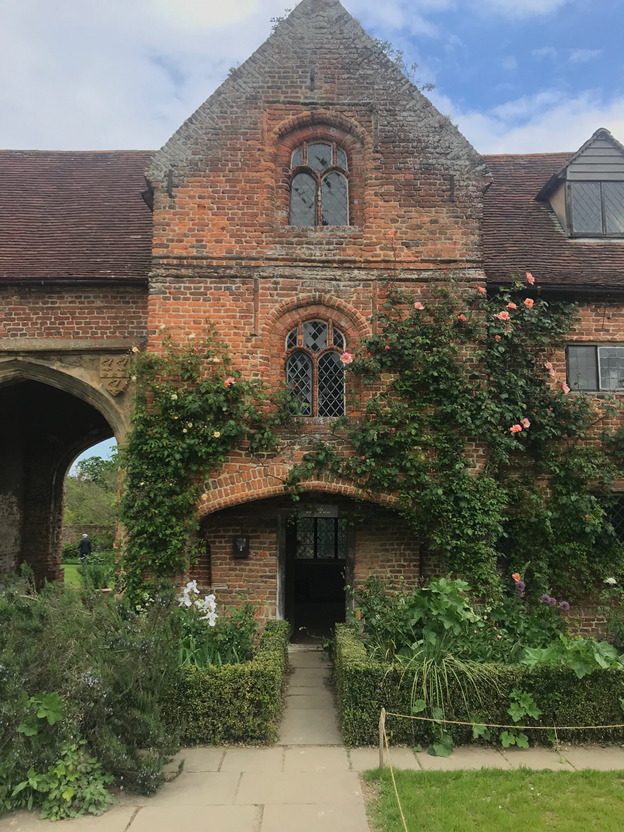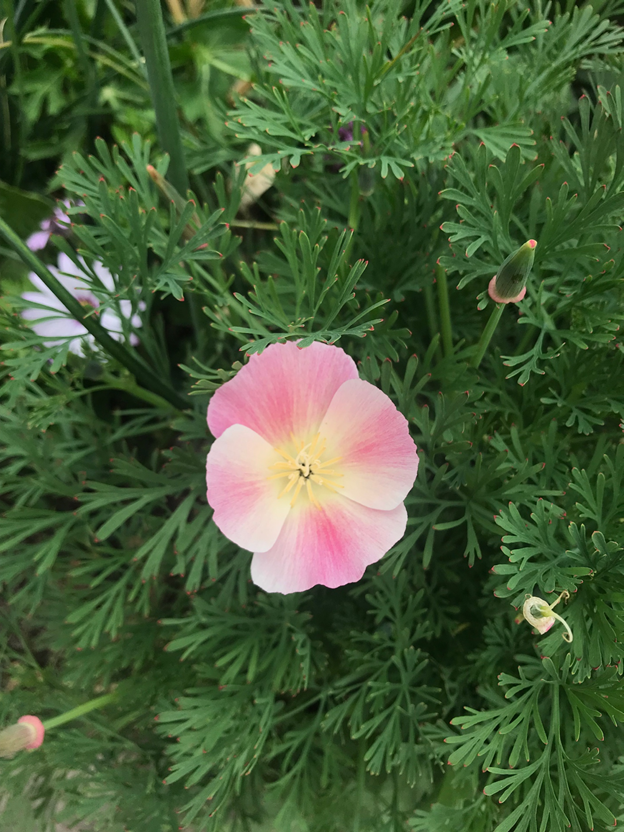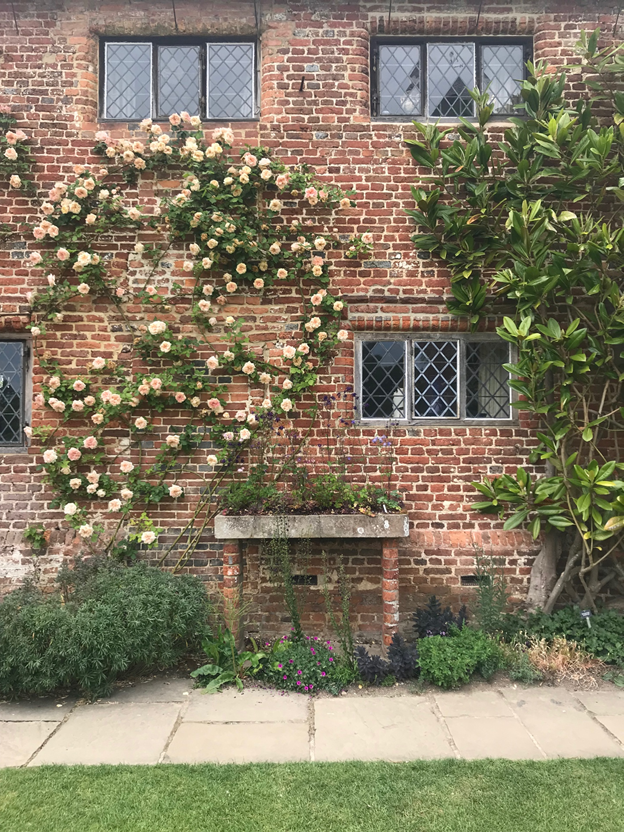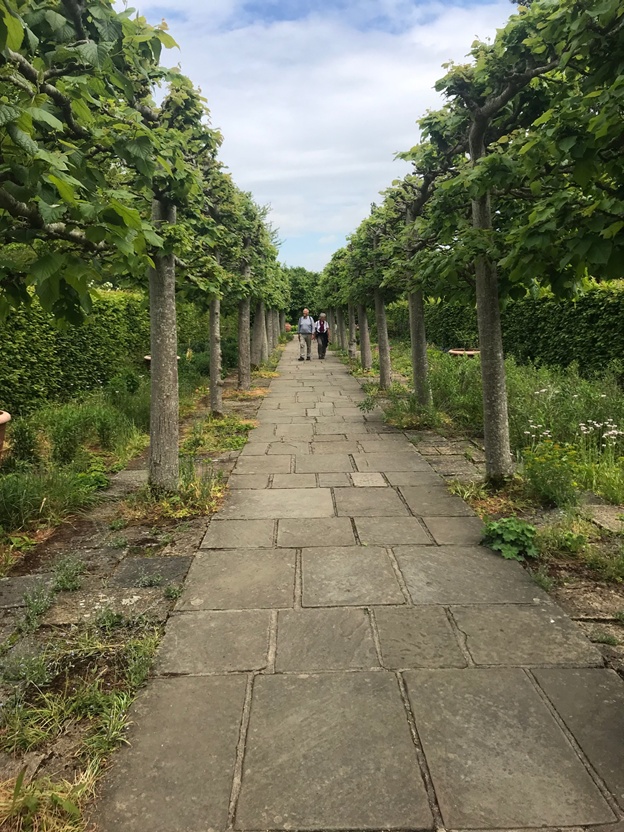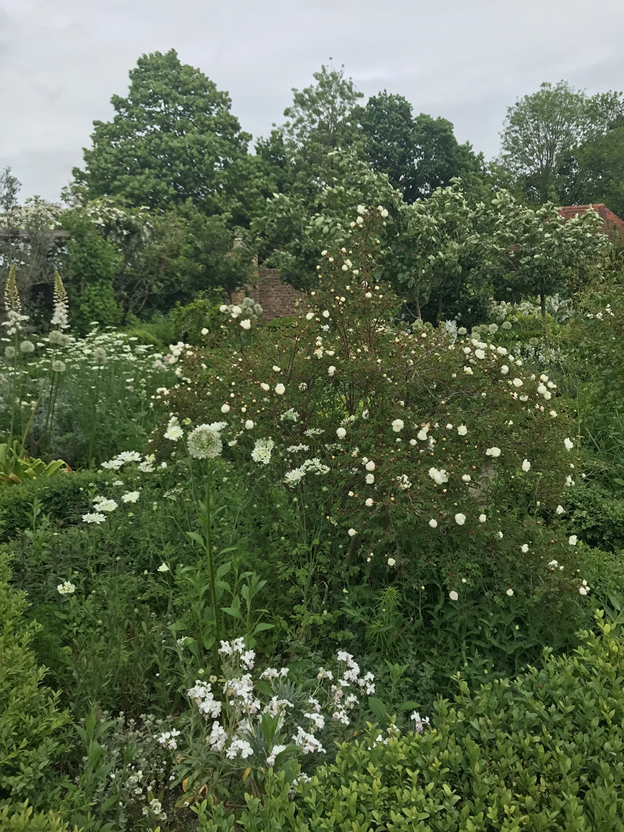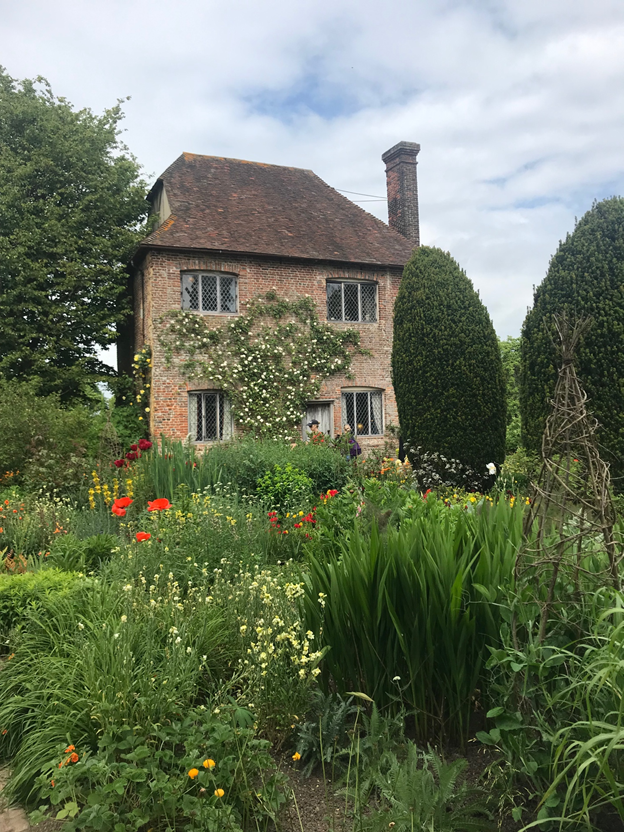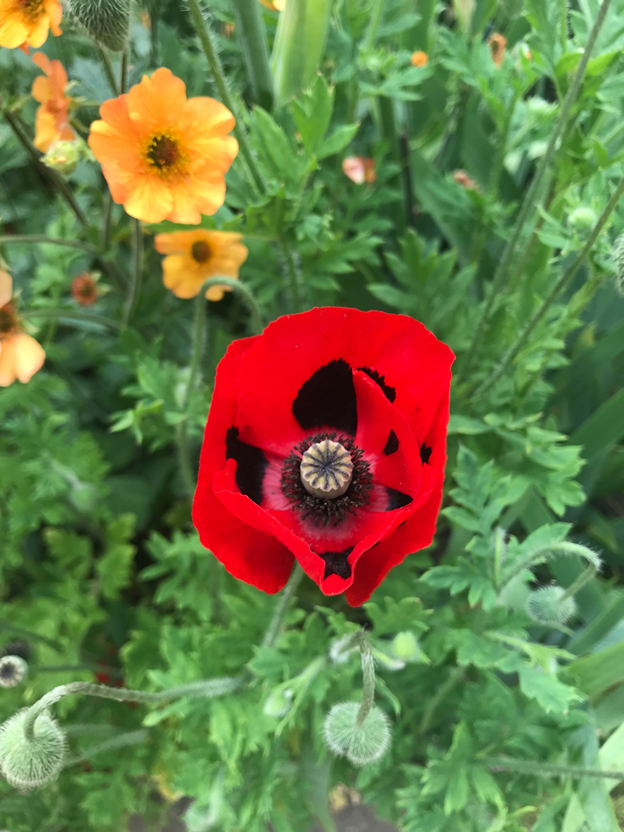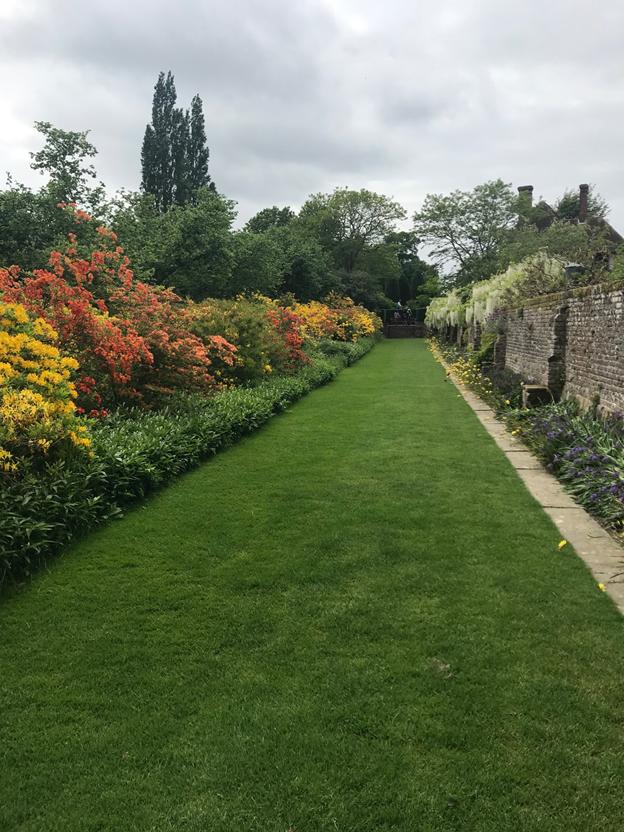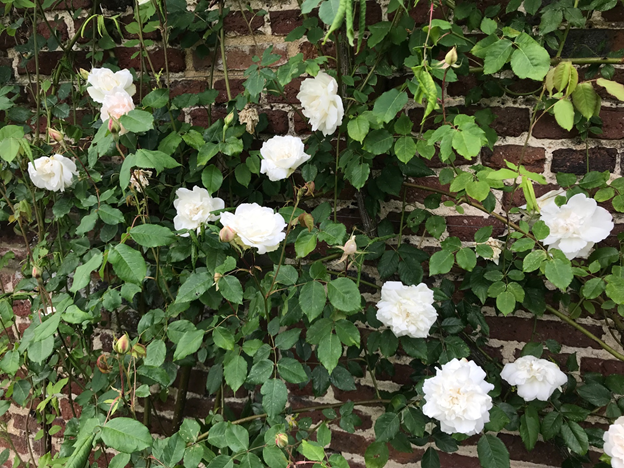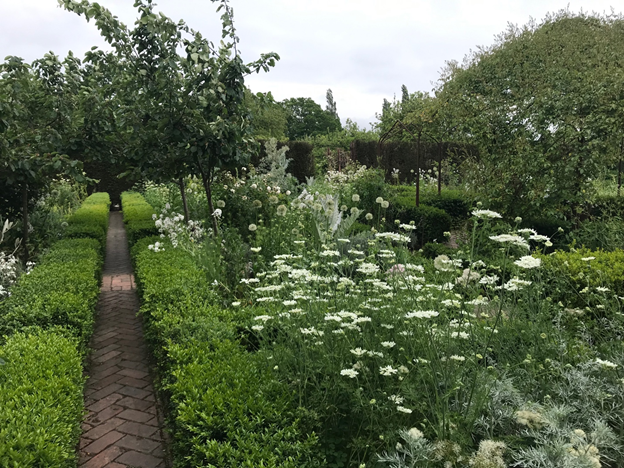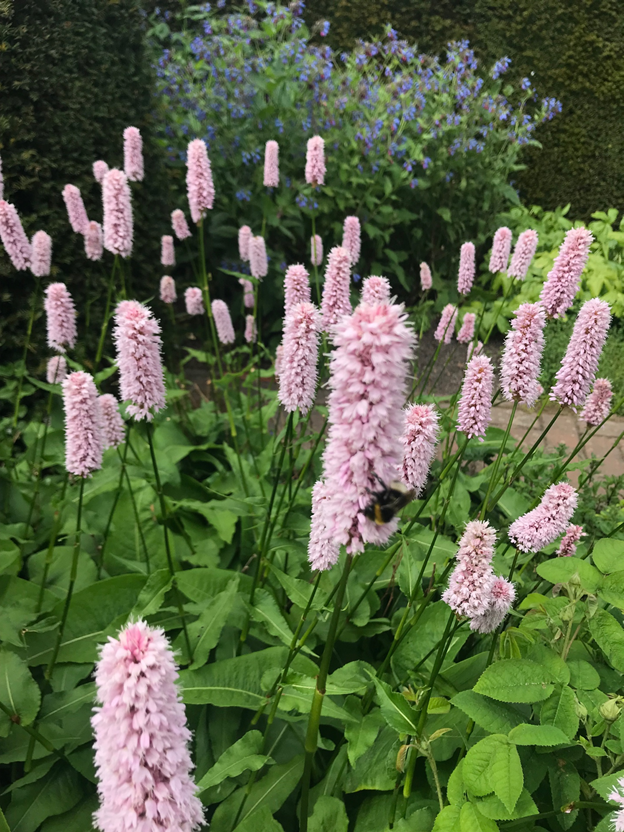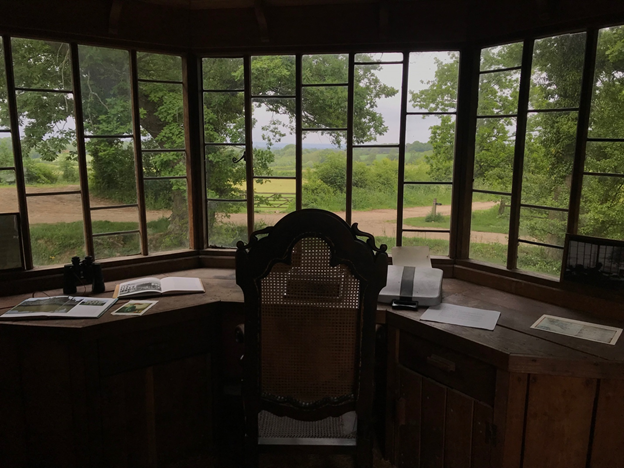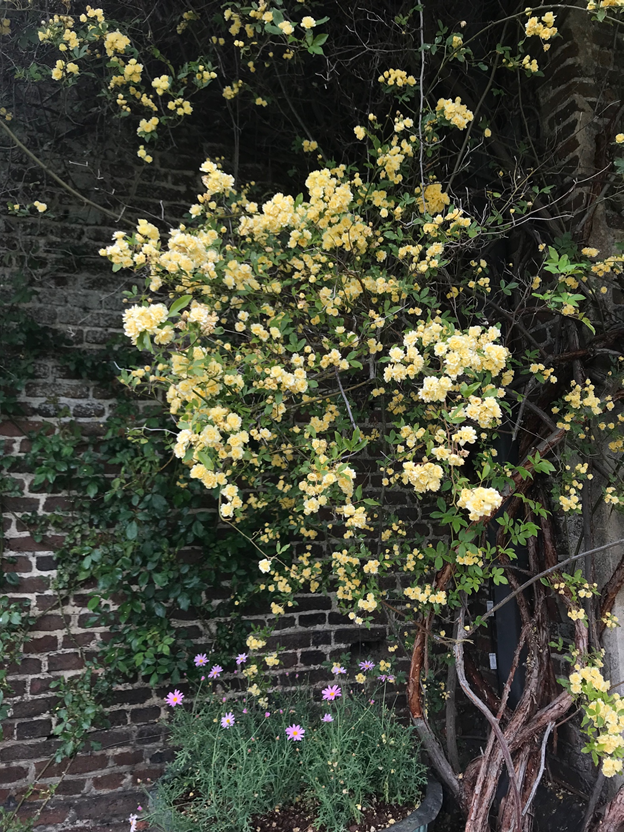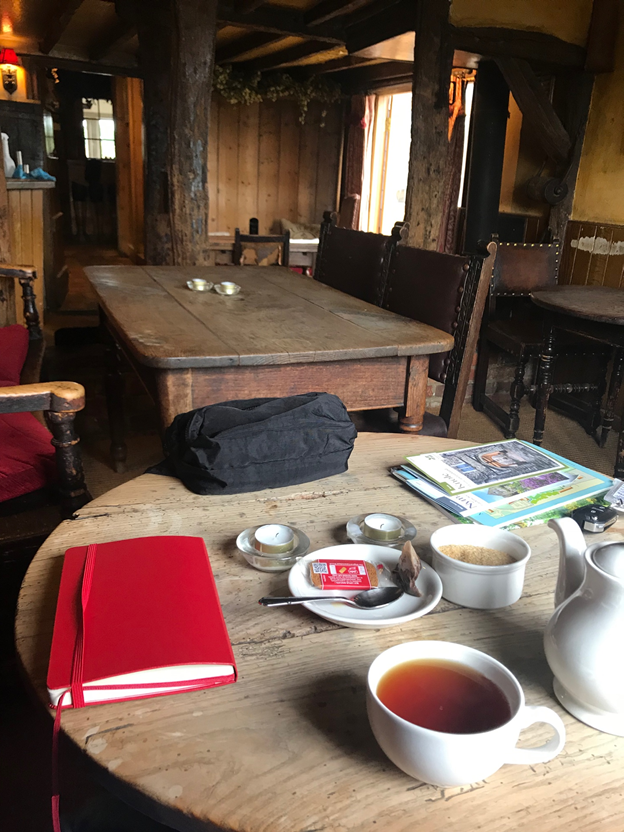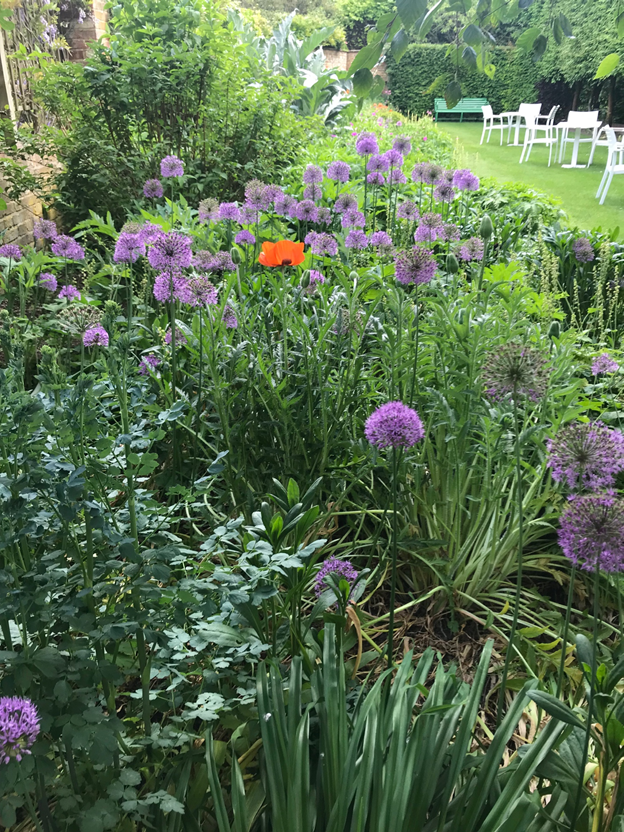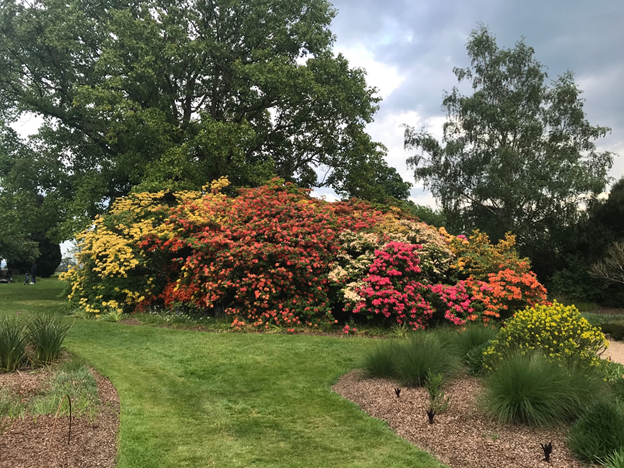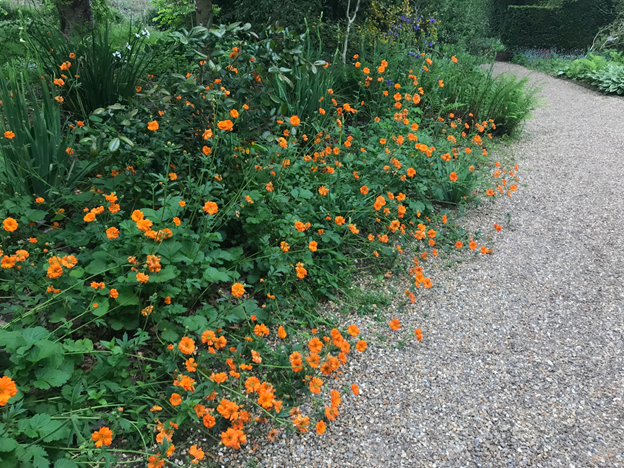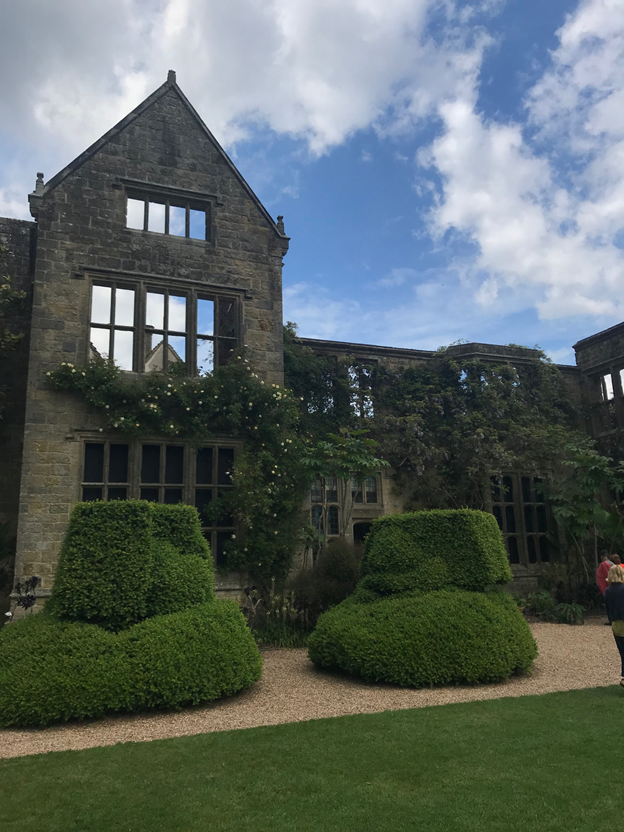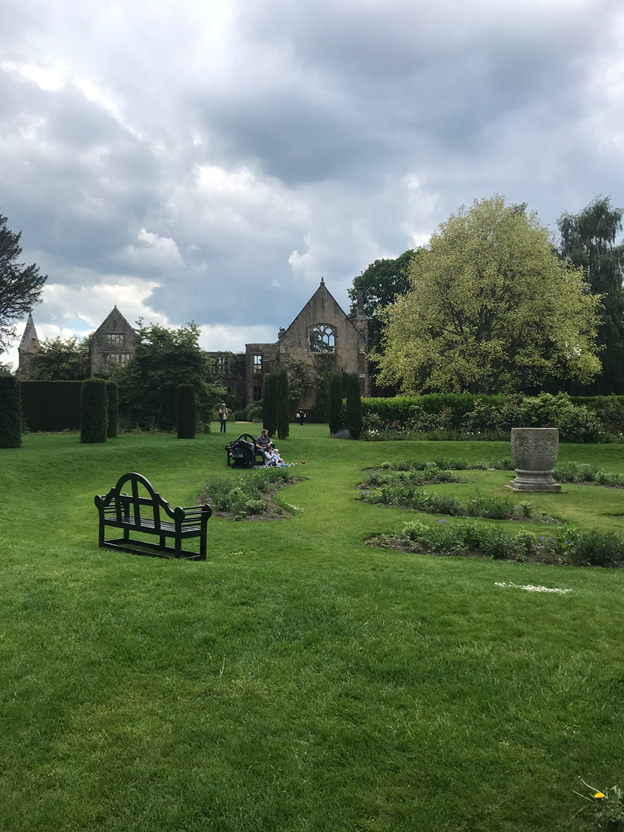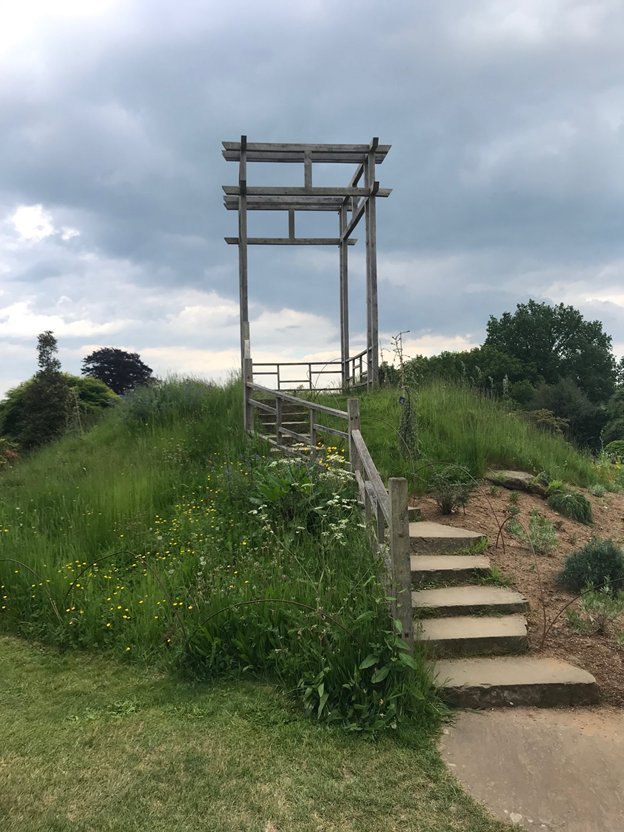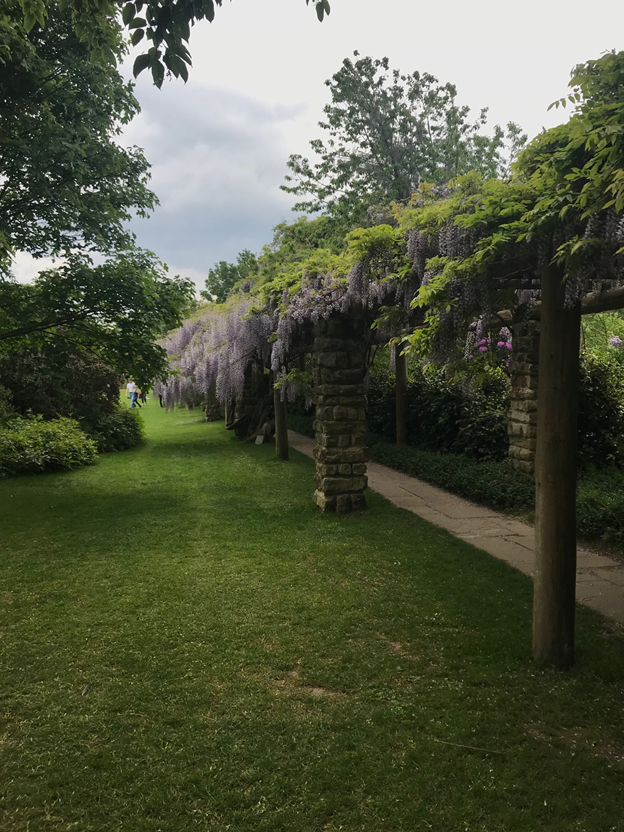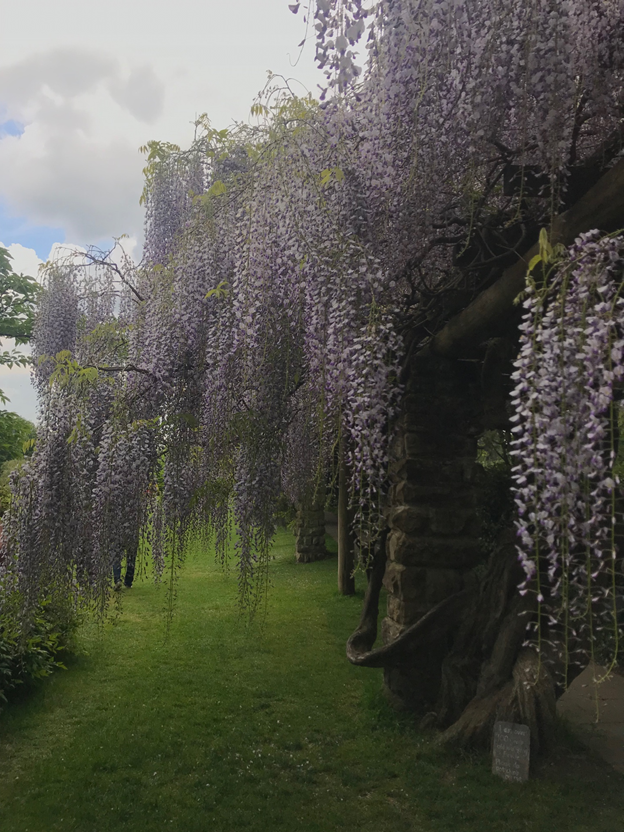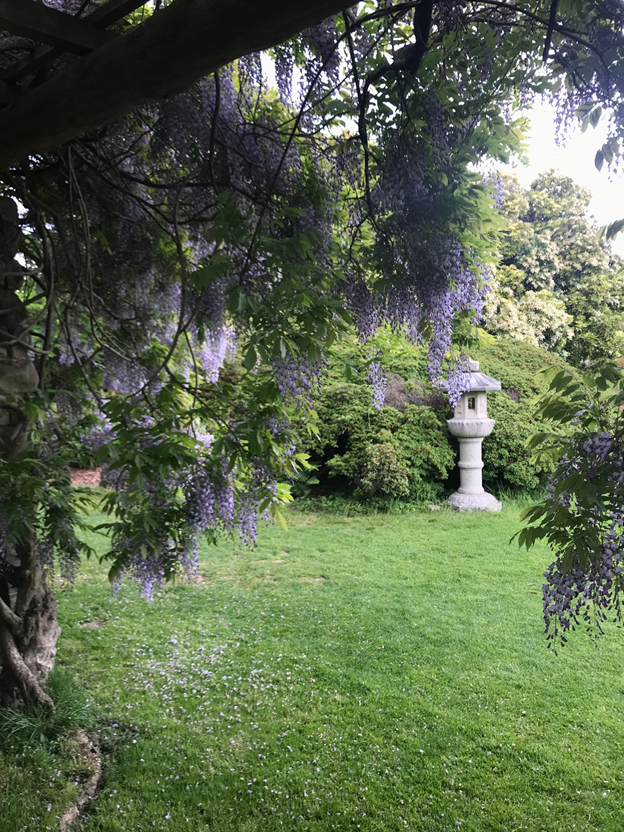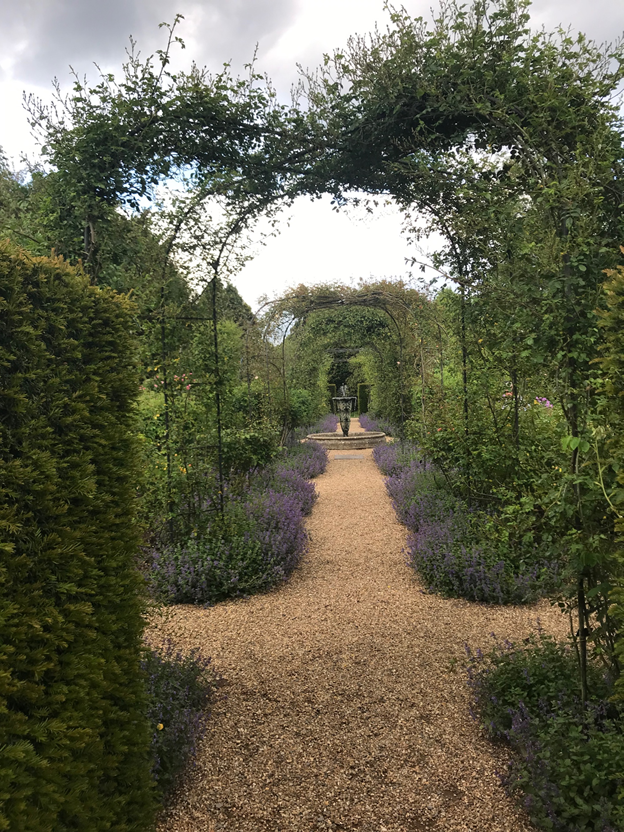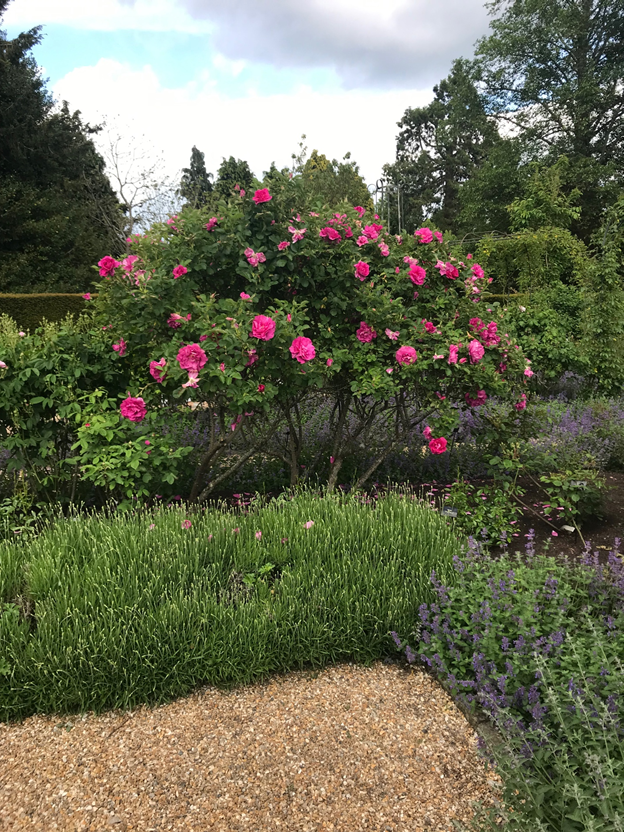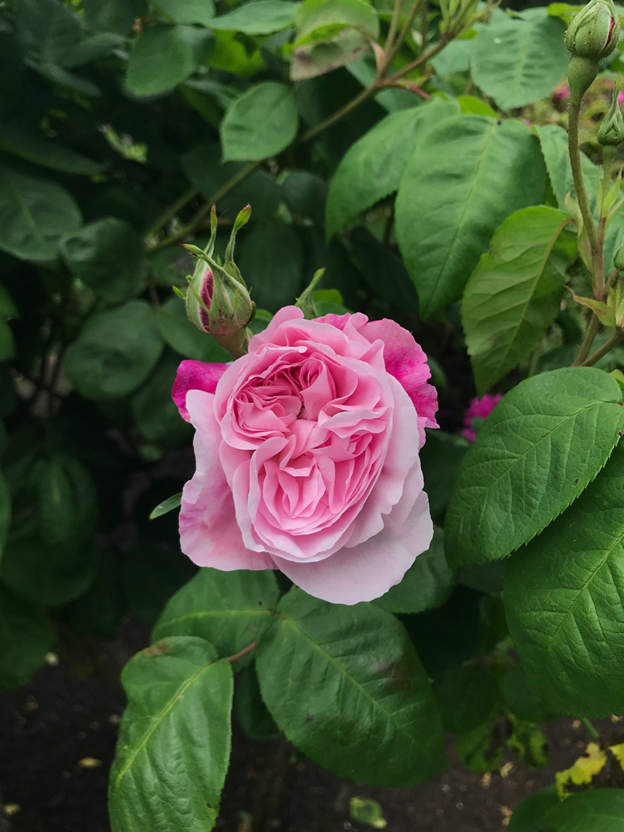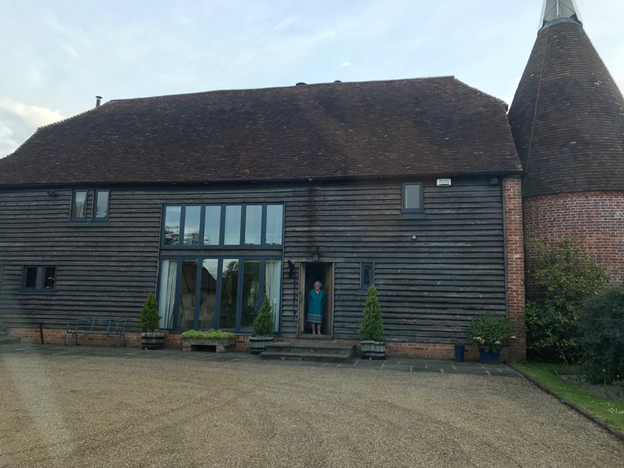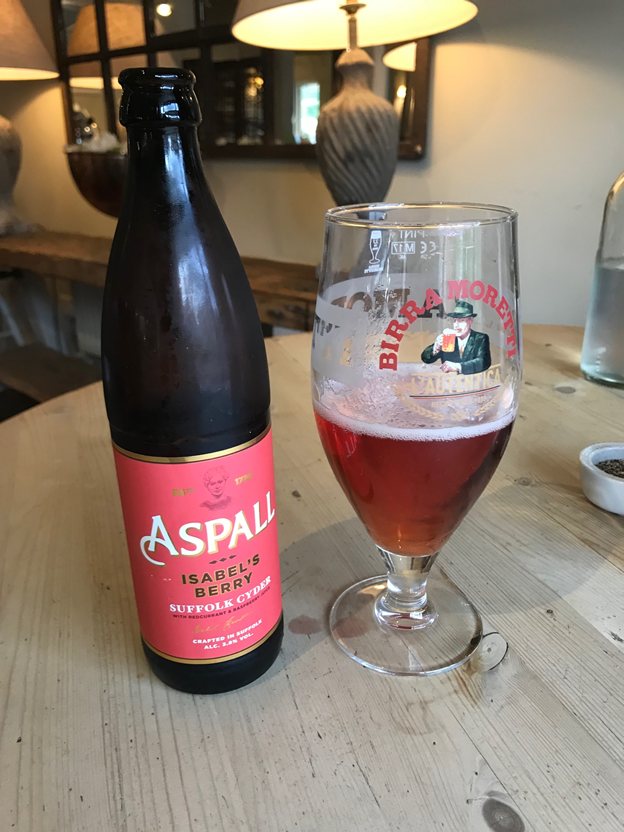Hever Castle
by Sonia Feldman
Day Four: Visit Hever Castle Gardens, lunch at Beaverbrook, return to London.
Hever is a castle in the most romantic sense of the word. Dating back to the 13th century, the structure is double moated, lavishly decorated, home to a 100 year old maze with walls made of Yew and the site of amorous, historically significant intrigue. The castle served as Anne Boleyn’s childhood home, and in 1526, when King Henry VIII began his pursuit of Anne—a courtship which eventually led to their marriage, her coronation and finally her beheading in 1536—he did so within the walls of Hever Castle.


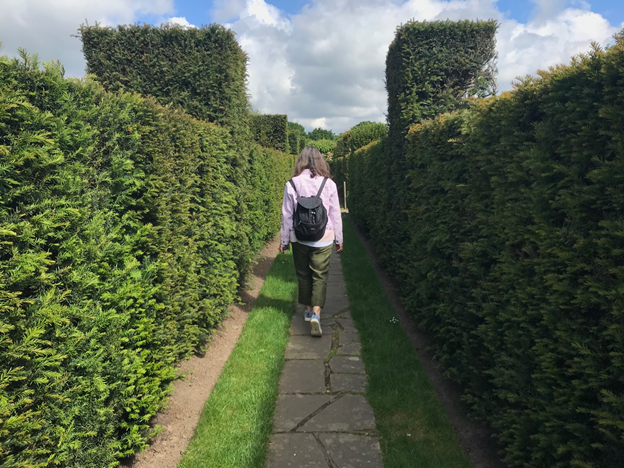
Yet for all its drama and historical significance, Hever is surprisingly small—the size of perhaps a very large mansion by today’s standards. The rooms, though beautiful, are not very large. Most have low ceilings and limited windows. There is a coziness to the castle which humanizes the stories of international political intrigue that took place within its walls. You can imagine Anne living at Hever because you can imagine yourself living there.
Here I have some good news: you can—at least you can stay the night in very close proximity. Two Edwardian wings, designed in the Tudor style and originally housing the castle staff, have been converted into a luxury bed and breakfast on Hever’s grounds. The rooms have beautiful four poster beds for you to dramatically throw yourself across, dark wood furniture and luxurious Hever Castle letter writing paper for whatever amorous missives you may wish to compose.
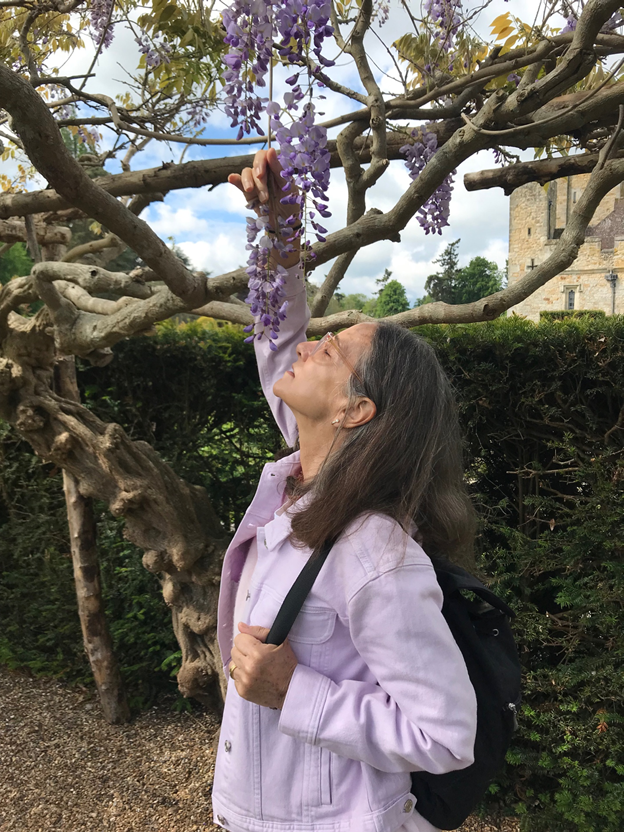
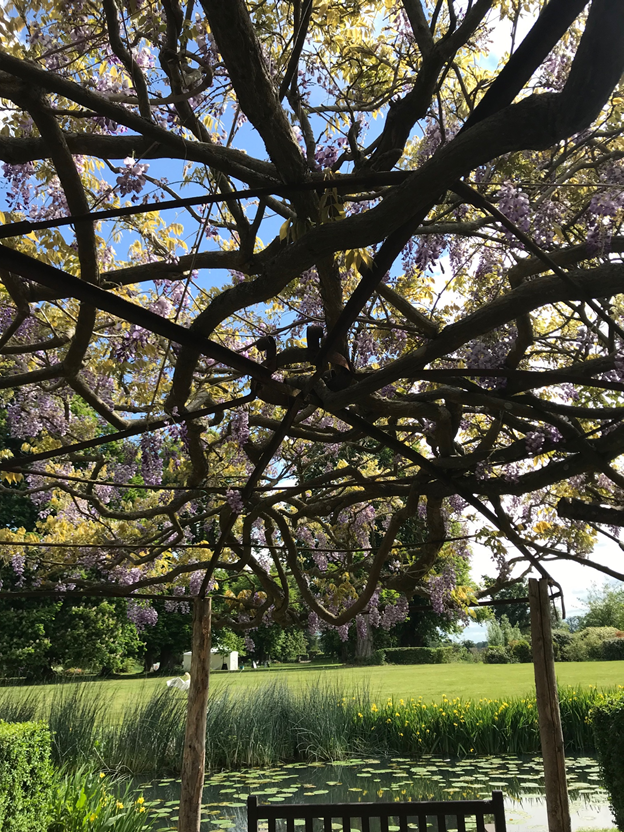

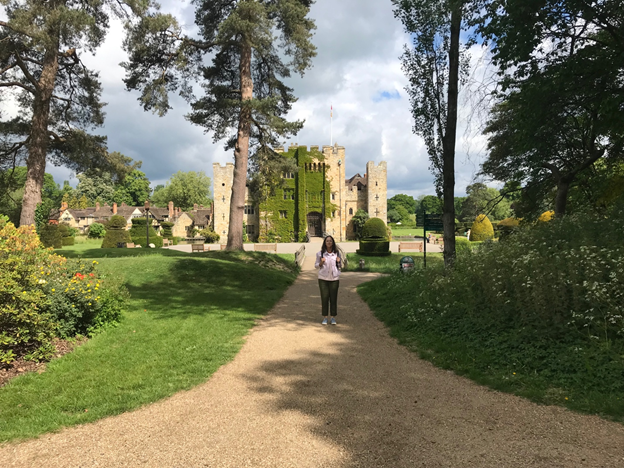
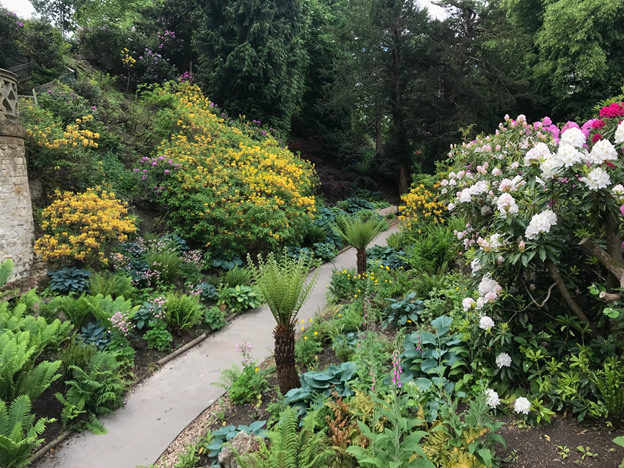
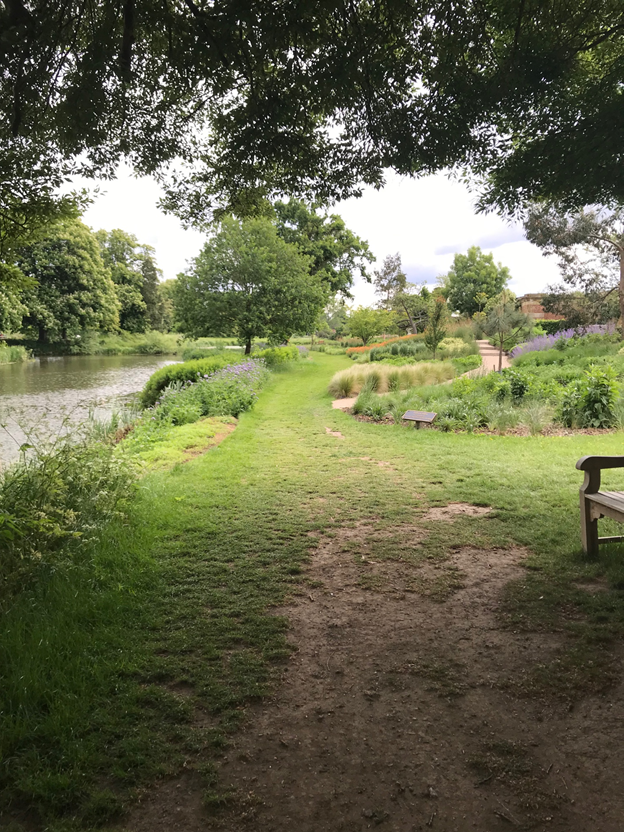
Most importantly, guests of the castle have access to the gardens and grounds during off hours, which means you can stroll through the property undisturbed by other visitors. Pose with the castle’s fanciful topiary creations to your heart’s content. Enjoy (sniff) the wisteria walk in happy solitude. I particularly enjoyed having the rhododendron walk to myself, a grand grass promenade leading to a waterfall, flanked by blooming rhododendrons.
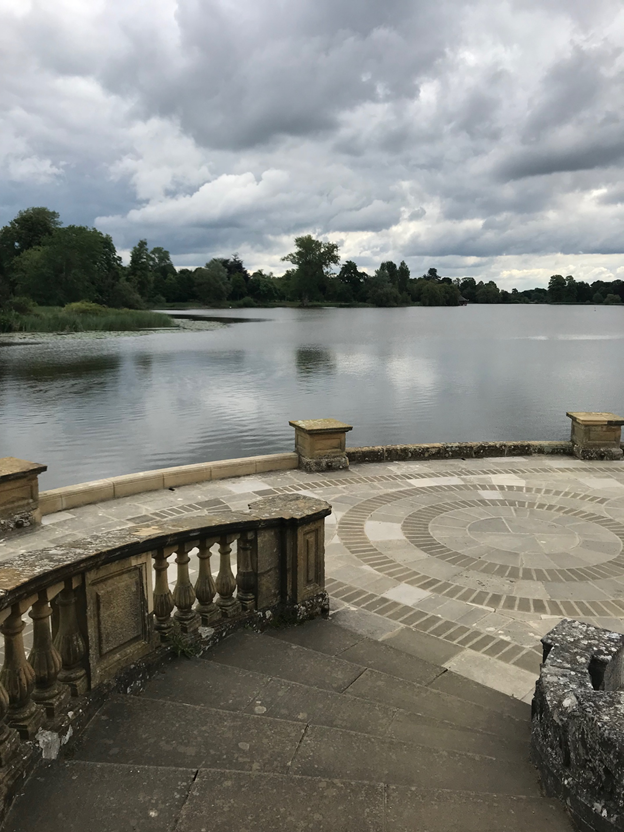
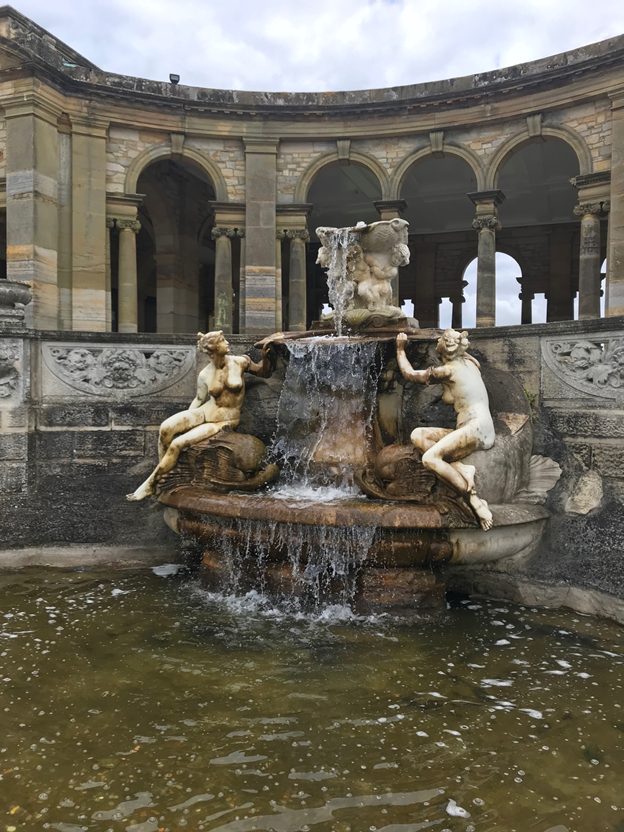
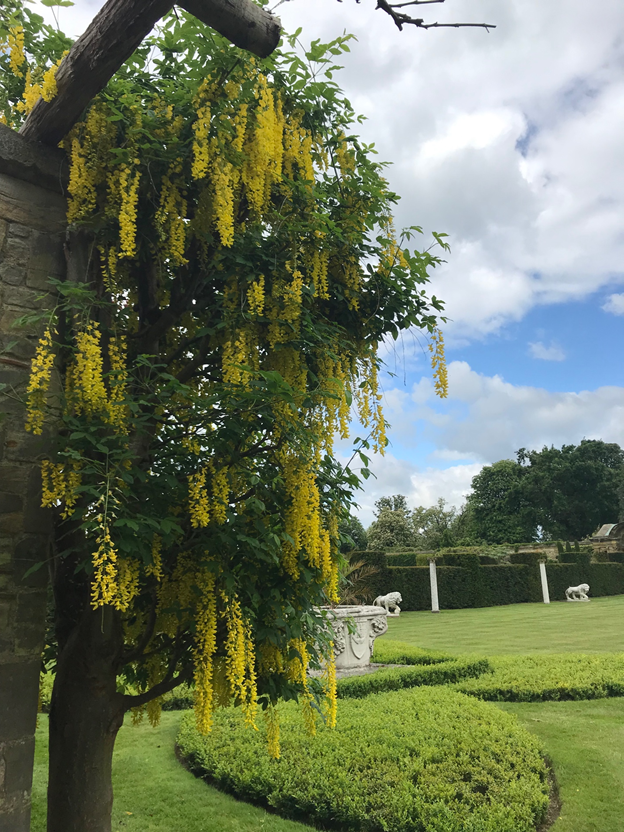
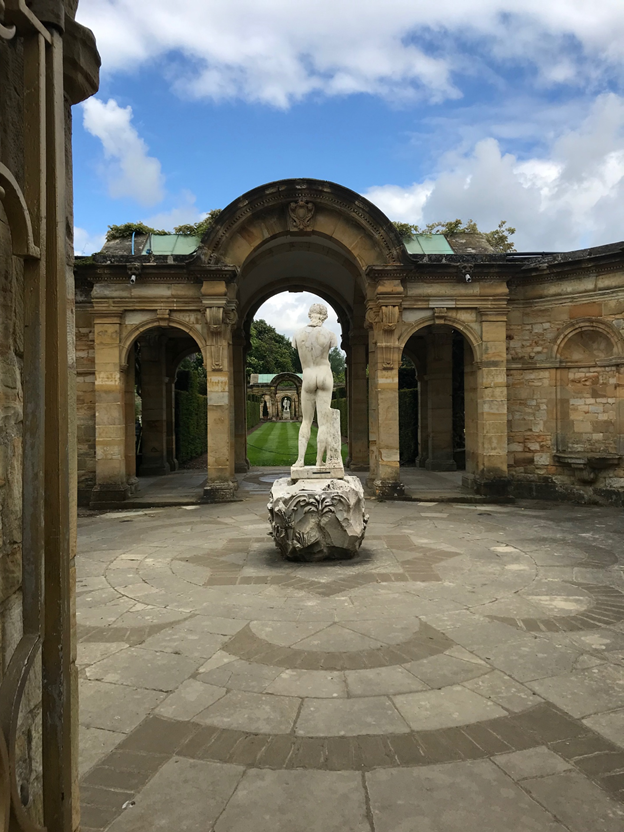
The gates of the magnificent Italian garden are locked during off hours, but you can still have the place to yourself if you time it right. Enter exactly at 10:30, when visitors are just parking their cars and buying their tickets, and you’ll be able to walk in solitude through the grand marble Loggia all the way until it runs into the property’s 38 acre, manmade lake. Originally excavated by 800 men, the lake took two years’ near constant work to complete (1904-1906). This hundred year old labor yields a spectacular view. On your way back, admire the massive garden rooms set within the marble walls of the Loggia, stopping in particular to enjoy the expansive rose garden and classical statuary (see: the bust of a woman with a hole cut into her stone hat for a flower).
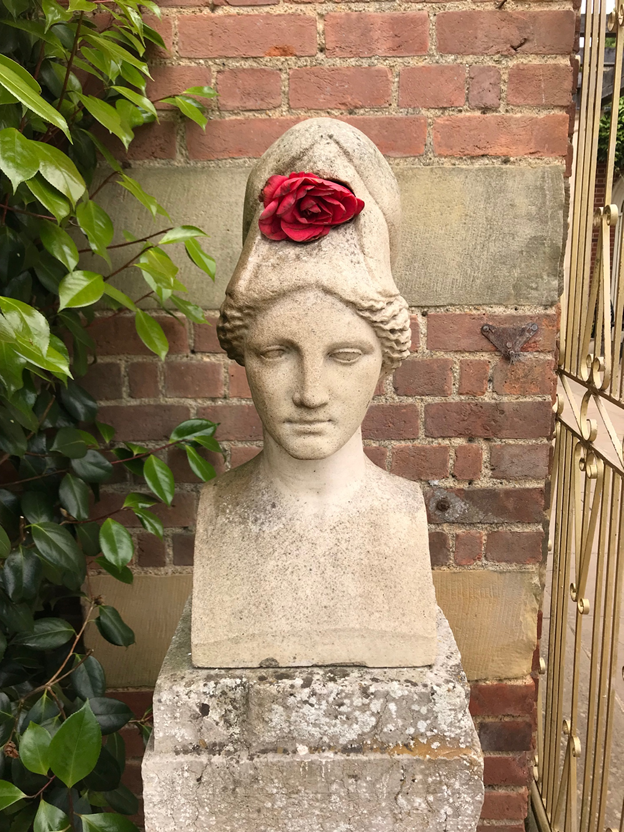

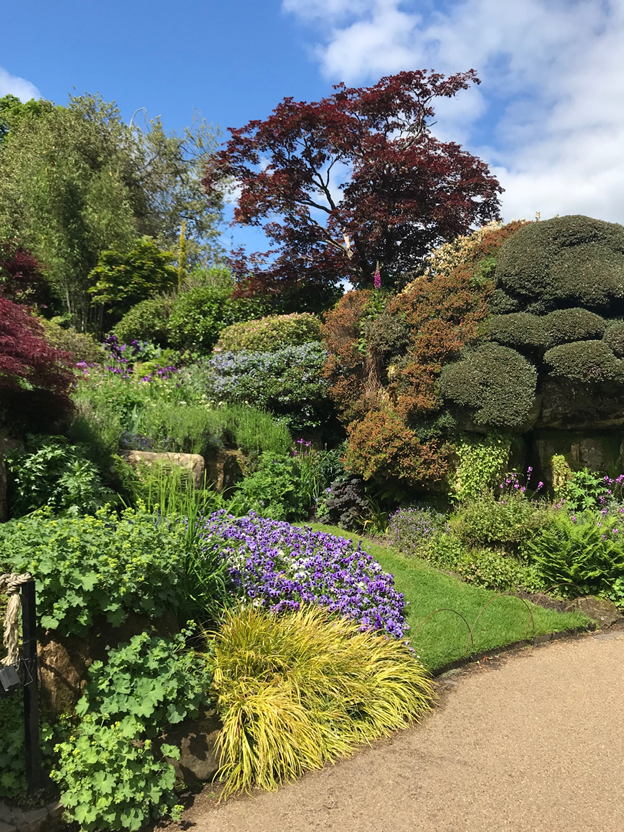
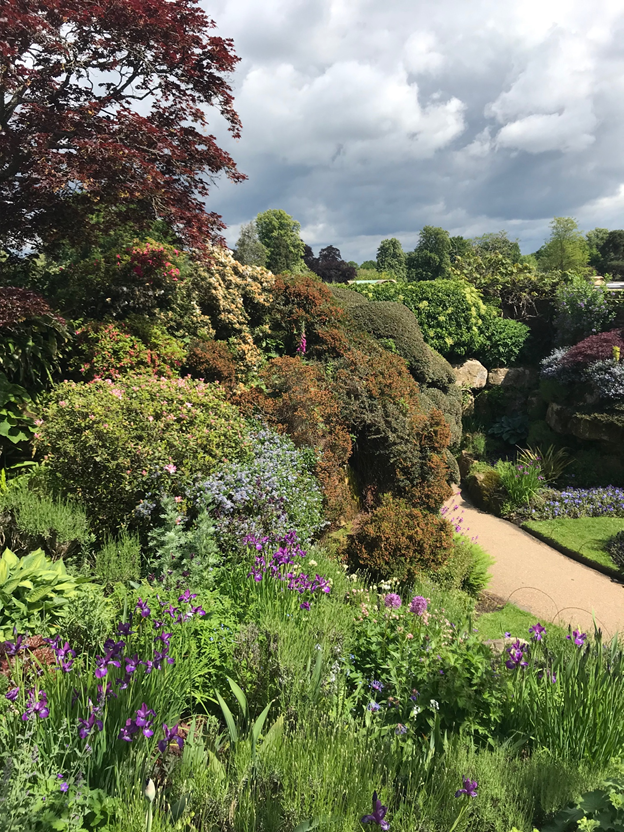
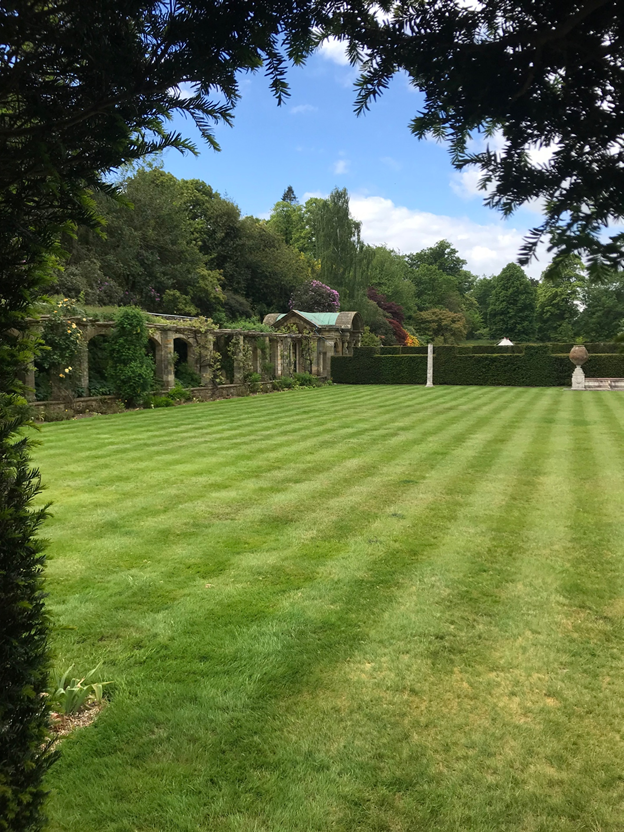
Here begins your return to London and the end of our tour. If you aren’t in a particular hurry, split up the drive with a lunch reservation at the very posh Beaverbrook, a hotel and country club only a few minutes off the motorway. One last beautiful, quiet place before you go home.
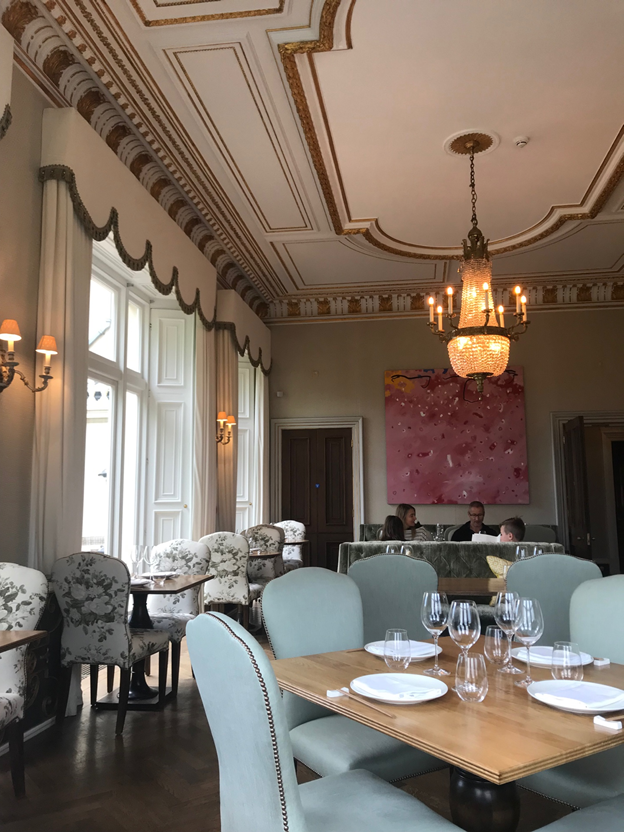
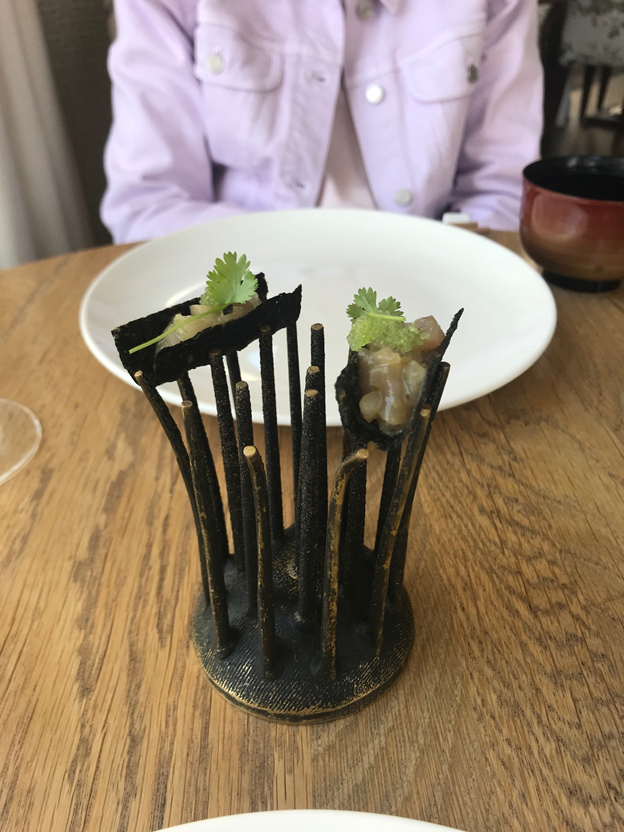
Condensed tour itinerary:
Day One: Leave London, lunch at Langshott Manor, visit Nymans, dinner at The Milk House, retire at Cloth Hall Oast Bed & Breakfast or Sissinghurst Castle Farmhouse.
Day Two: Visit Great Dixter House and Gardens, lunch at one of the gardens or return to The Milk House, visit Sissinghurst Castle Gardens, dinner at Three Chimneys, retire to same lodgings.
Day Three: Visit Pashley Manor Gardens, lunch at one of the gardens or Thackeray’s Restaurant, visit Penshurst Place, dinner at The Wheatsheaf, stay at Hever Castle Bed & Breakfast.
Day Four: Visit Hever Castle Gardens, lunch at Beaverbrook, return to London.
Nearby gardens that could be added to this tour: Knole, RHS Wisley, Chartwell, Lullingstone Castle, Great Comp Garden, Scotney Castle, Wakehurst, Godinton.
Sonia Feldman is a writer living in Cleveland, Ohio. Her writing has appeared or is forthcoming in Cultured Magazine, Pembroke Magazine and Juked. She operates an email newsletter, which sends one good poem a week. Find more of her work on Instagram.

